The Entrepreneurs / Global
Places to know in Austria
Planning your next venture? Or looking for somewhere to set up a business and put down roots? We scoured the length and breadth of Austria to find the best places balancing entrepreneurial ambition with a high quality of life that you can bank on.
SET UP HERE 01
Bregenzerwald, Vorarlberg
Aiming high
Where the Western and Eastern Alps meet, you’ll find the bucolic Bregenzerwald region – where age-old craft traditions are keeping design and hospitality thriving.
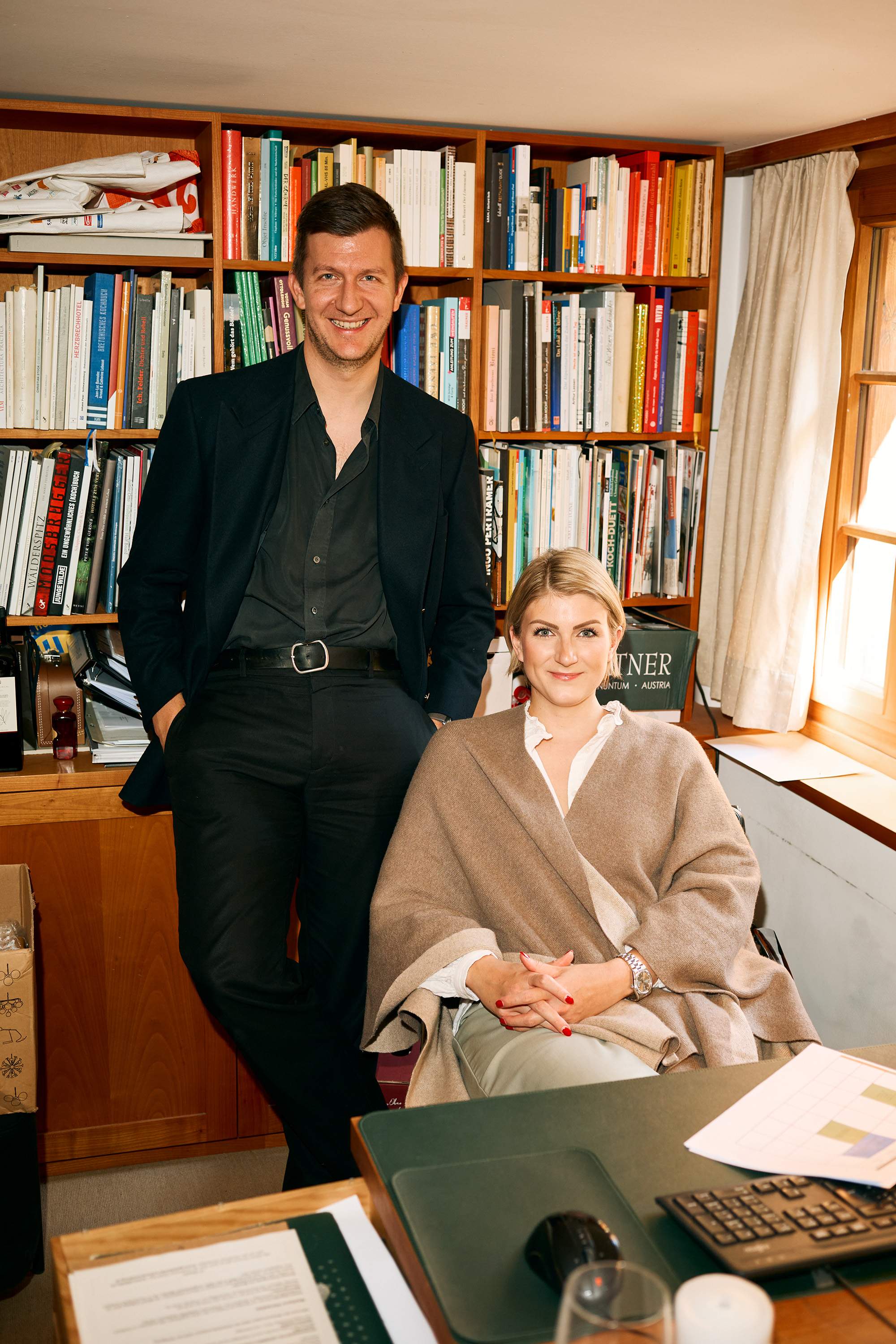
Schwarzenberg’s Hotel Hirschen is run by siblings Peter and Pia Fetz, its 10th-generation family owners. Last summer, seven years after taking over from their parents, they opened a new bathhouse and pool that complements the main building, a shingle-coated 18th-century inn. “I don’t need facilities with seven saunas and 12 pools but I want a bit of a spa,” says Peter with a smile. “I had never found a small hotel with the right features and saw a niche for us.” He beams as he shows us around the three-level bathhouse, designed in white fir by Austrian firm Nona Architektinnen.
Some in the village of Schwarzenberg saw the project as a radical proposition. It took Peter more than five years to secure the building permit, which had to be green-lit by 21 neighbours and 14 government agencies. “One neighbour asked me how I intended to prevent her cat from drowning in the pool,” says Peter, who now sees the funny side. The discussions involved lots of beer, wine and schnapps. “There was no sober solution to that problem,” he says.

But once everyone was on board, the project progressed smoothly. The companies of 37 regional craftsmen worked on the building, which was completed in just eight months, exactly on schedule.
This is the gentle pace at which business often proceeds in Bregenzerwald, which lies a 30-minute drive from Bodensee. Here, the rolling hills are kept trimmed, whether by lawnmower or grazing cow, and most buildings sport a well-kept layer of wood shingles. The population of 32,000 has a mentality of “schaffe, schaffe, Häusle baue” (“work, work, build a house”), which supports a thriving construction industry. Little by little, Bregenzerwälders are developing a new crop of small but sturdy businesses that are improving the quality of life for residents and visitors alike.
After a morning massage and swim at Hirschen, guests might head for lunch at VauLand, a quarter of an hour away in Hittisau. There, they are welcomed by Christian Vallaster, who cooks dishes using pasta that he makes by hand in the back room. The gregarious chef produces a dozen varieties, all from Austrian durum wheat.
Vallaster is originally from neighbouring Feldkirch. He admits that an artisanal business would be easier to run in a bigger city. So why did he choose Bregenzerwald? “For my wife – and for the views!” he says. But he adds that the region’s culinary scene is developing fast. “We’re famous worldwide for our craftsmanship and now our gastronomy is building a reputation. We’re not known for pasta yet but we will be.” Sampling VauLand’s freshly made ravioli with cheese and herbs, monocle finds it easy to agree.

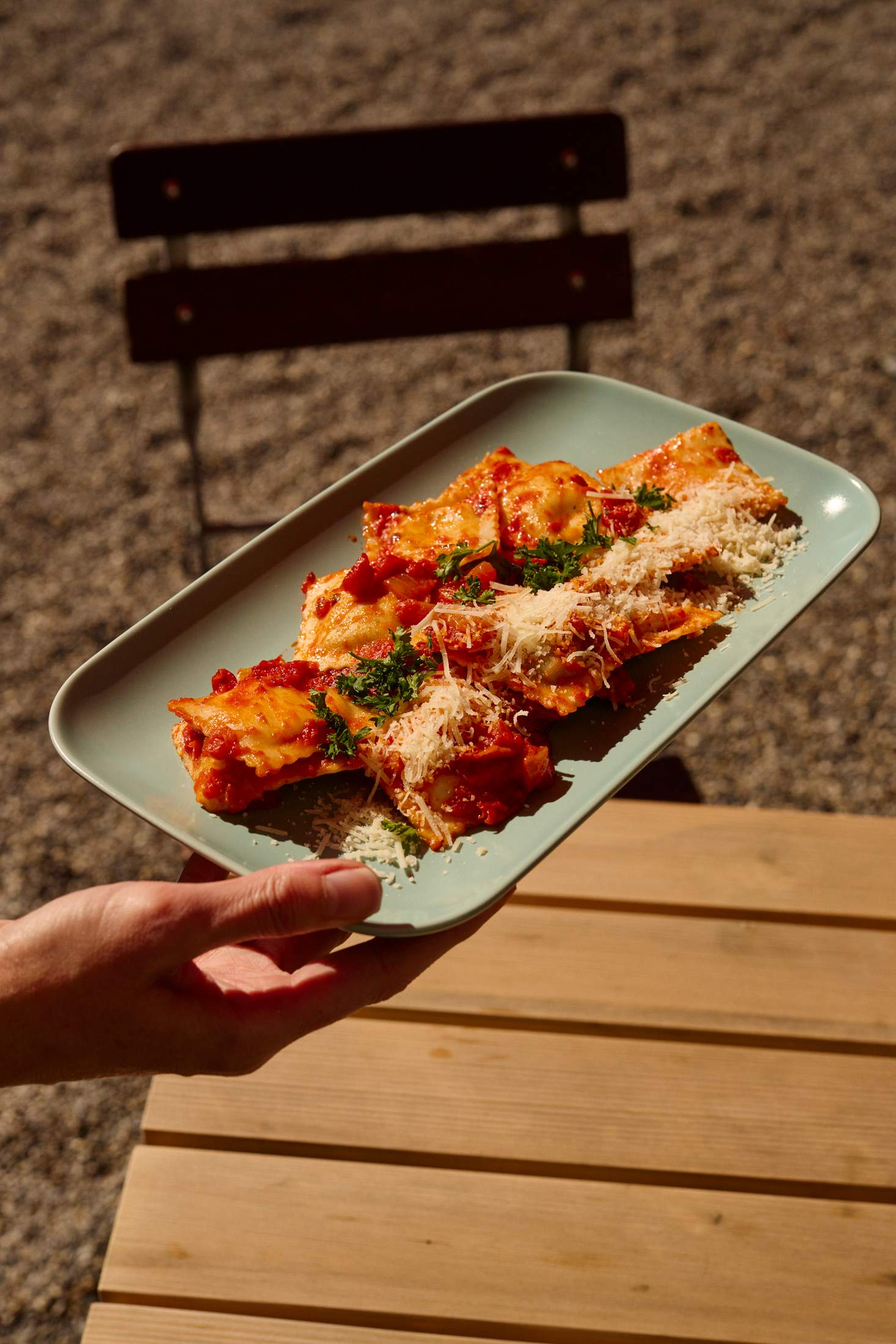
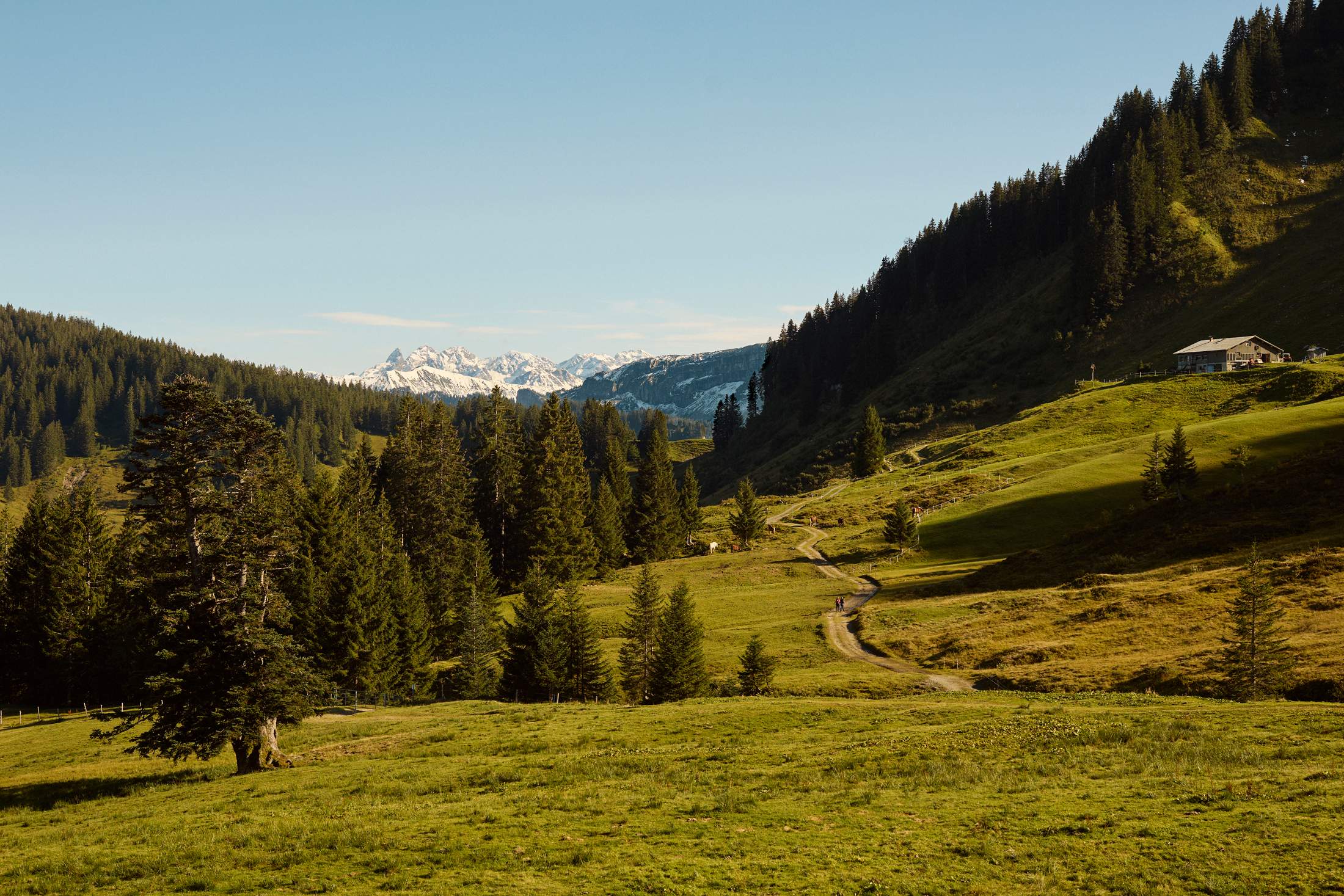
Another business helping to lift Bregenzerwald’s culinary reputation is Gut Gereift, which operates two cheese cellars in Egg and Andelsbuch. Founded in 2020 by Hilda and Melchior Simma, it buys wheels of Alp and Bergkäse from nearby producers, matures them for as long as three years and sells them online using a self-built platform that facilitates group orders. These “order communities” extend from Vienna to Helsinki. “We have teachers, offices and pensioners,” says Hilda. “There is a social element too, of bringing people together.”
The idea came to Melchior when he was a procurator of a regional bank and worked on a voluntary basis for a small co-operative dairy. He reckoned that it wouldn’t be a struggle to sell the region’s excellent cheese, which is made exclusively from hay milk and is handmade. “We have an unbeatable product,” says Hilda. “Our philosophy is to work with what’s already there and build on it.”
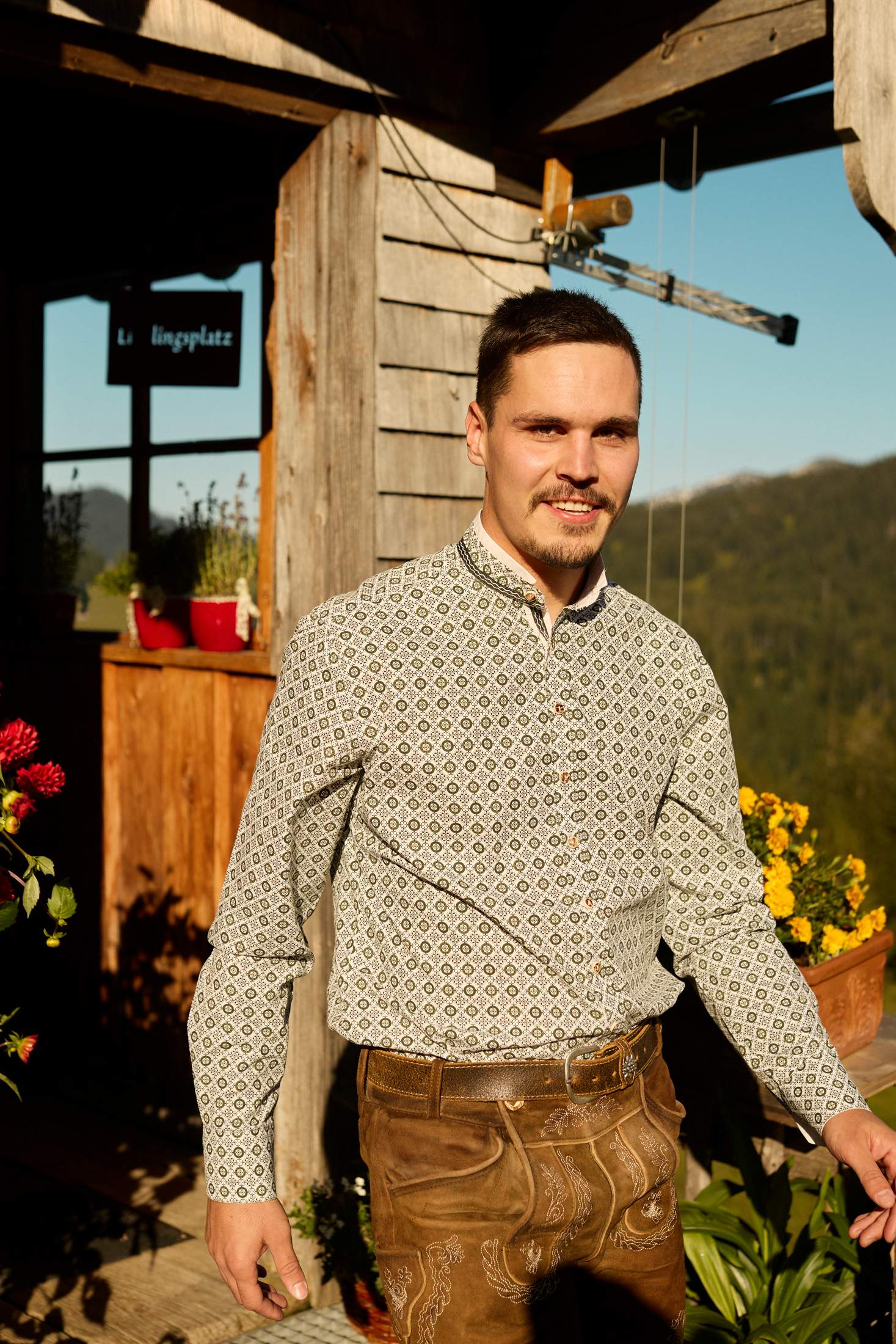
Trek up to Burgl-Hütte, a traditional mountain hut close to the German border, and you’ll find a similar approach. It was run by the same family for 60 years until 1994 and was well known for rollicking evenings when only wine and Skiwasser were served. In 2022, the now 25-year-old Thomas Mennel took it over after returning to his home region – as many are doing – following a bartending stint in Barcelona. He started managing the hut with his parents, Edith and Edwin.
Many of Bregenzerwald’s new businesses were founded by returnees. Pius Kaufmann, a native of the region, and Flora Ohrenstein relocated here from Vienna in 2020. Ohrenstein had spent a summer working at an organic farm nearby. “I swam in the river every day after work,” she says with glee. “I started asking Pius whether he wanted to move there.”
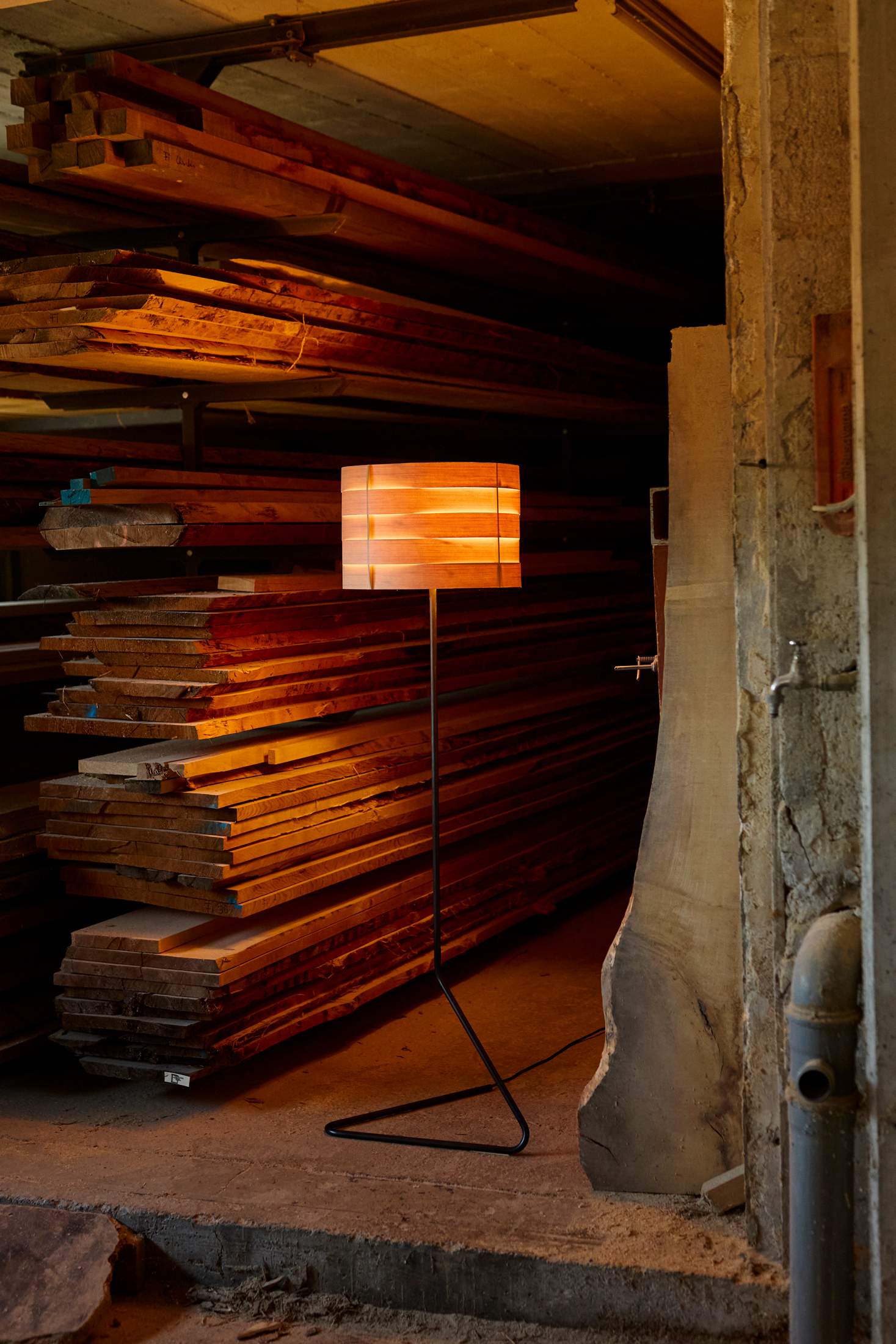
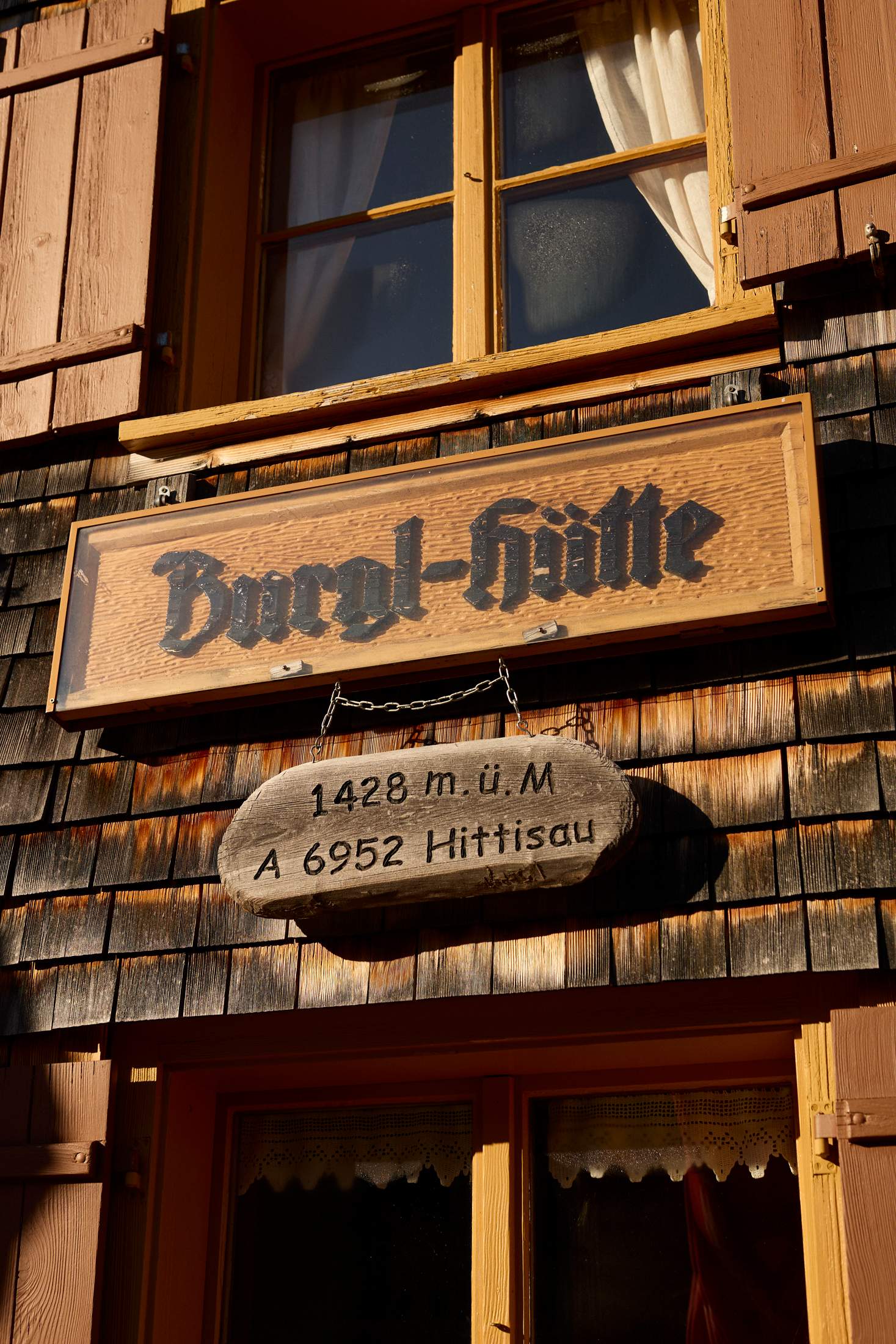
The couple rented a workshop in Egg and founded their business Lampen und Möbel (lum). Pius, who trained as a carpenter, builds bespoke commissions in solid wood for clients and has developed a line of lampshades made with bentwood veneer. The firm presented for the first time this year at Handwerk 1 Form, a trade fair organised by Werkraum Bregenzerwald.
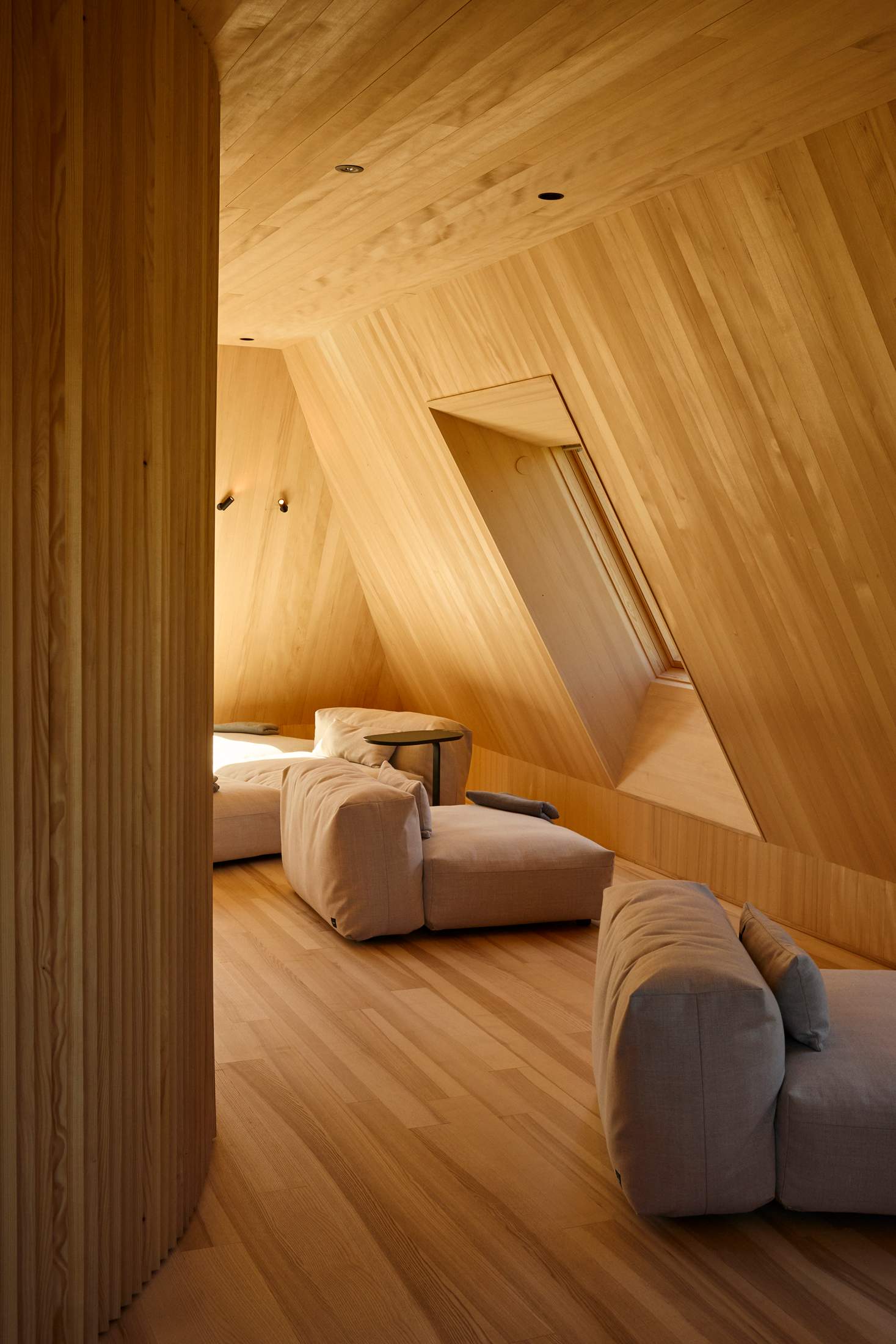
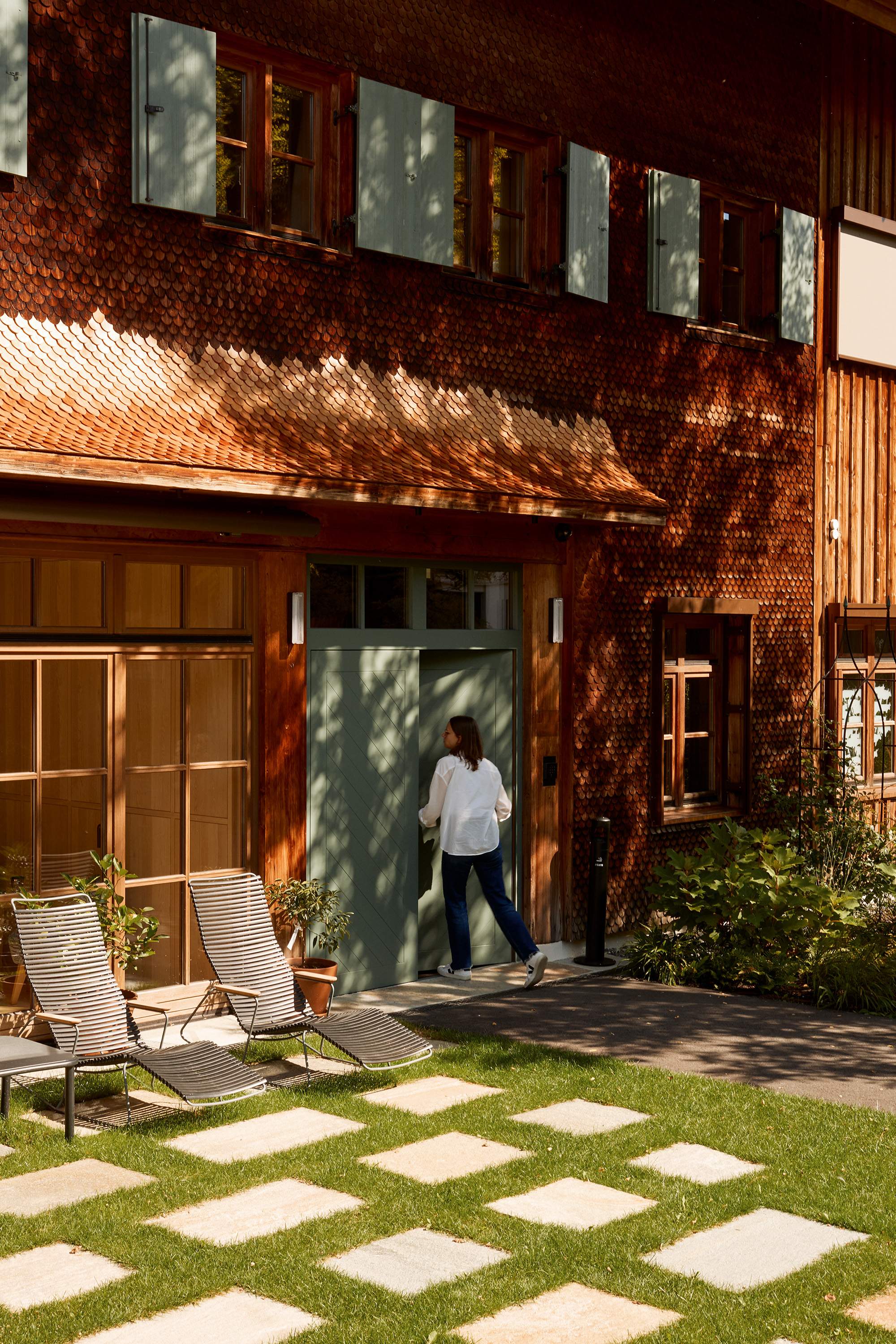
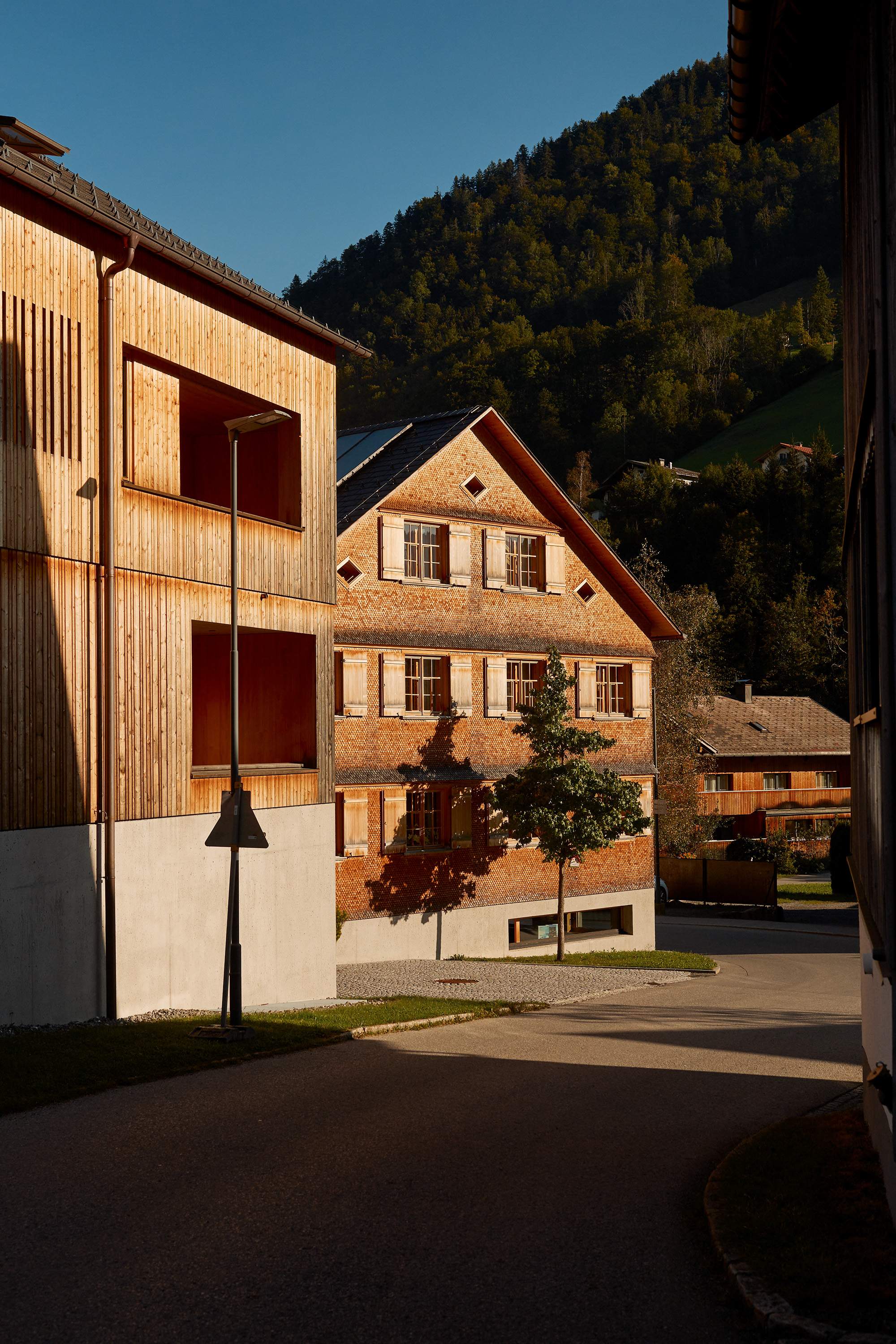
Bregenzerwald’s new crop of entrepreneurs might not be building major industrial operations but the smaller businesses help to make the region’s tradition of impeccable craftsmanship more available to the wider world. Jürgen and Evi Haller of Tempel 74 apartment hotel, are examples of this evolution. With his eponymous architecture firm, Jürgen has built dozens of multimillion-euro homes in the area. In 2018 the couple bought a plot of land just across the street from their house in Mellau. In co-operation with their neighbours, they filled it with two interconnected buildings that host Jürgen’s office and the holiday apartment. Construction started in February 2019; the Hallers welcomed their first guests nine months later.
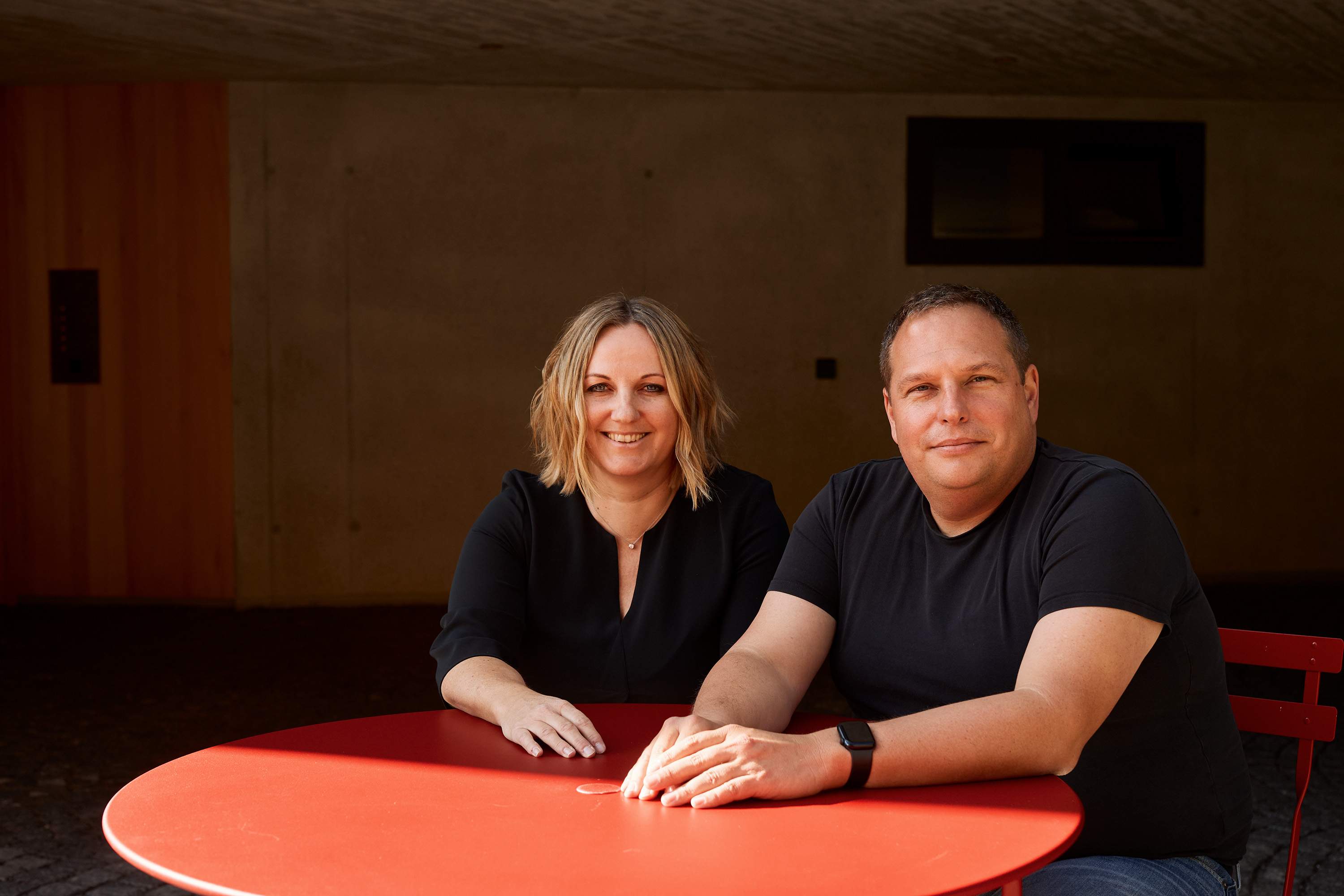
Tempel 74 has a double duty as a showcase for Jürgen’s practice while enabling visitors from afar to experience living in a Bregenzerwälder-built apartment. “Here, everyone’s dream or life mission has always been to build a house for themselves,” says Evi, who personally welcomes all of the hotel’s guests. “We are wilful people who want to do things properly. But the same mentality and passion is also what makes for a good host.” —
SET UP HERE 02
Graz, Styria
Driving ambition
Austria’s second city has a well-earned reputation for creativity – and is now an entrepreneurial outpost of the culture sector.
Unlike Salzburg or Vienna, Graz isn’t weighed down by the ghosts of historical figures such as Mozart or Freud. It’s an outlier among Austrian cities, a gateway between the Slavic and Italian worlds to the southeast and Austria’s heartland to the north. Perhaps this crossroads aspect is why Graz has long been a hub of creativity, not just in culture but in industry too.
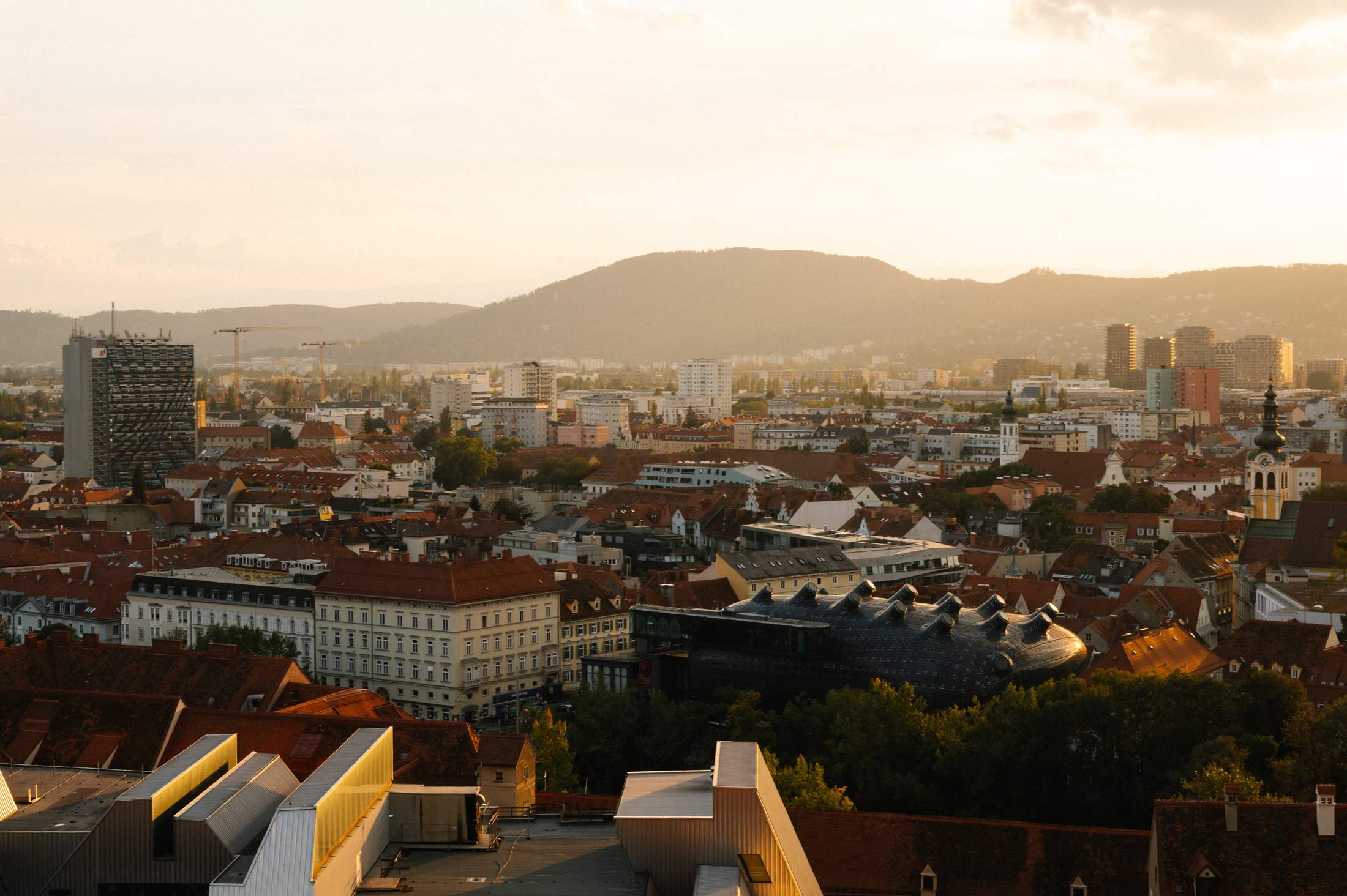
The city is home to several important cultural events. Every autumn, it hosts the Steirischer Herbst arts festival; in March and April, it welcomes the Diagonale, an annual showcase of Austrian cinema. These festivals draw visitors and help to keep the hotel and restaurant scenes lively.
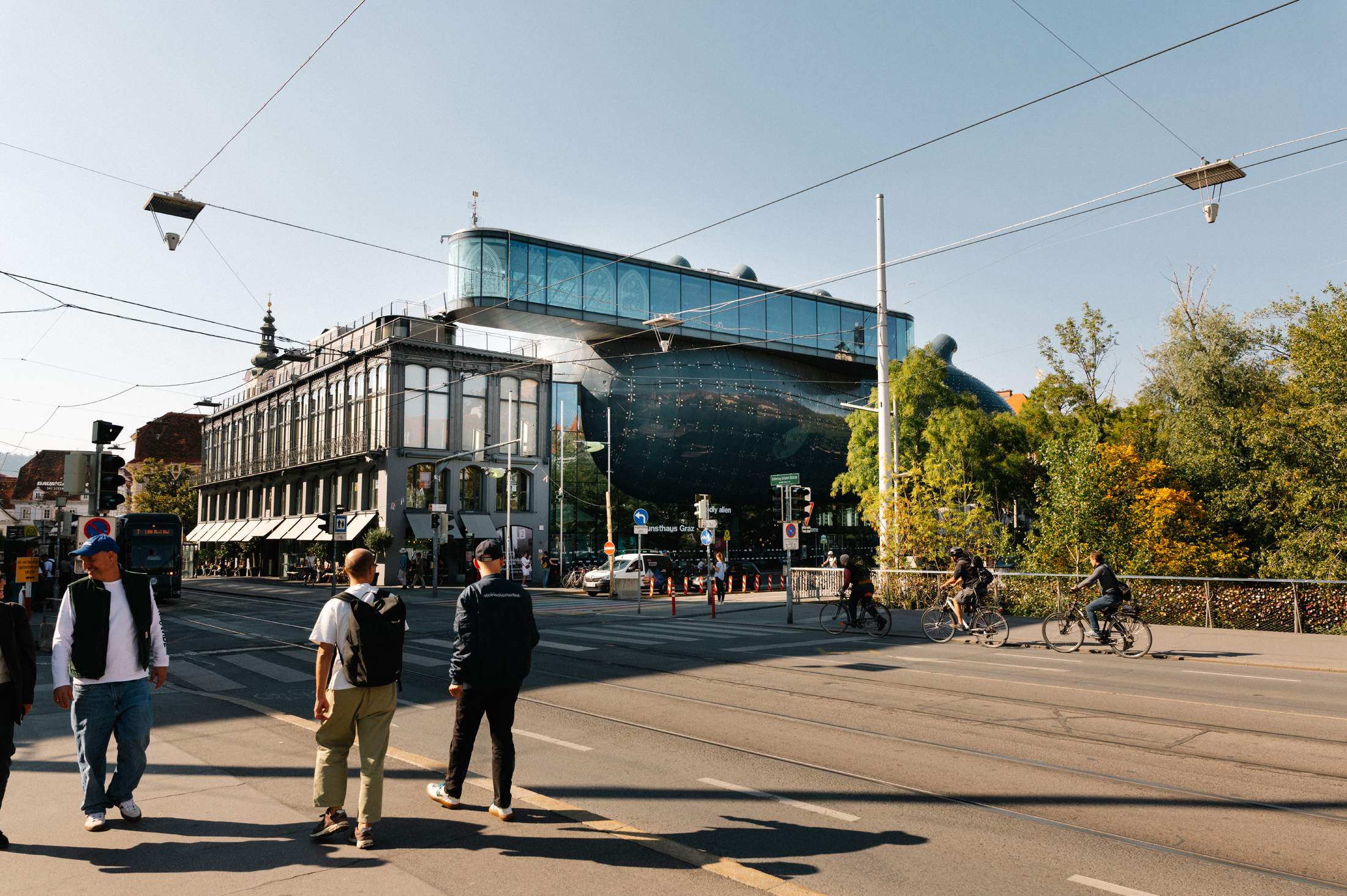
In terms of hospitality, Graz is again a little different from other Austrian cities. When the Radisson opened in summer 2024, it became one of only a tiny handful of international chain hotels here. The city has long been dominated by smaller hotels such as Kai36, managed by Verena Lam. “Though it’s the second-biggest city in Austria, Graz still feels a bit like a village,” she says.
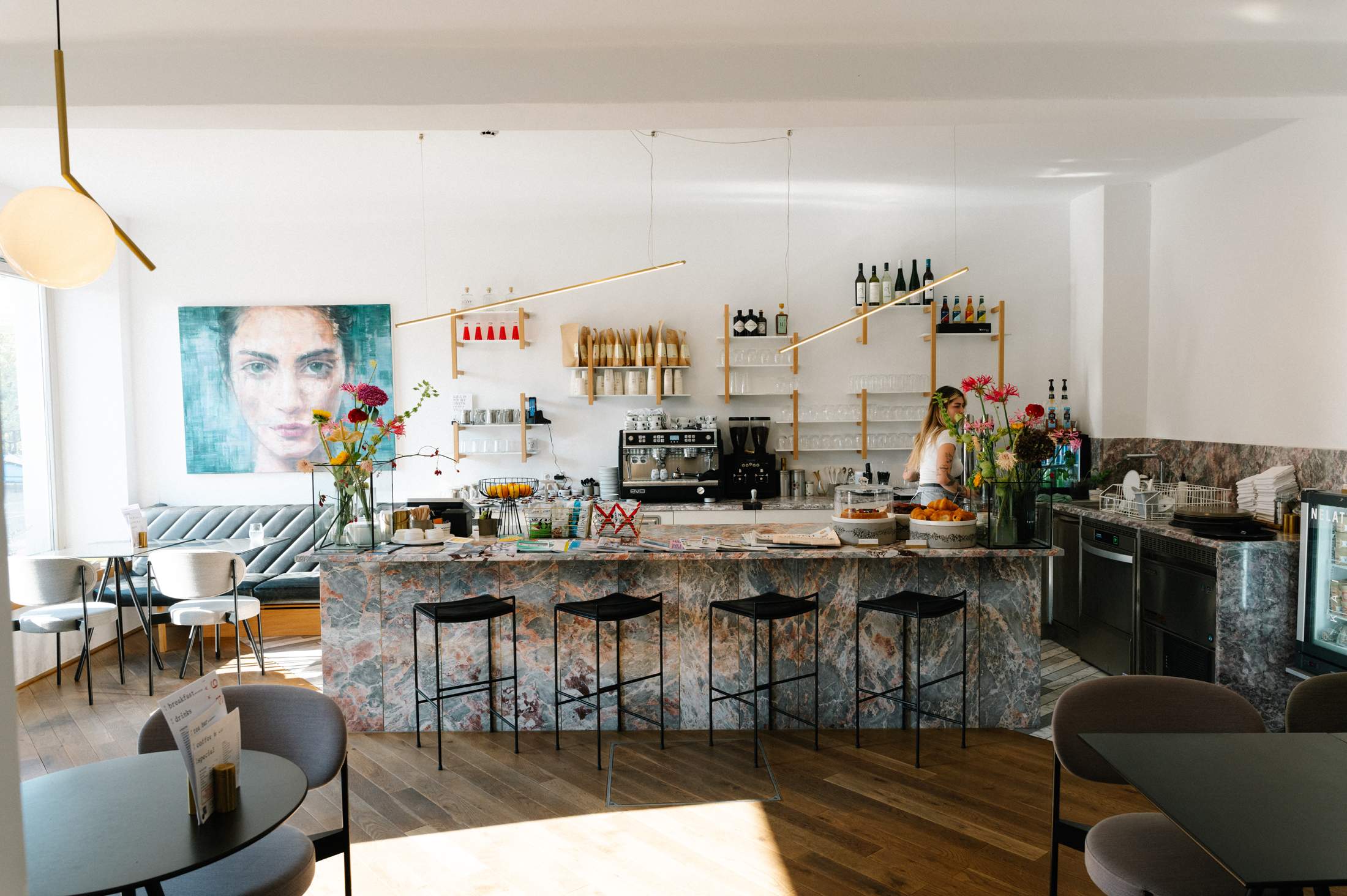
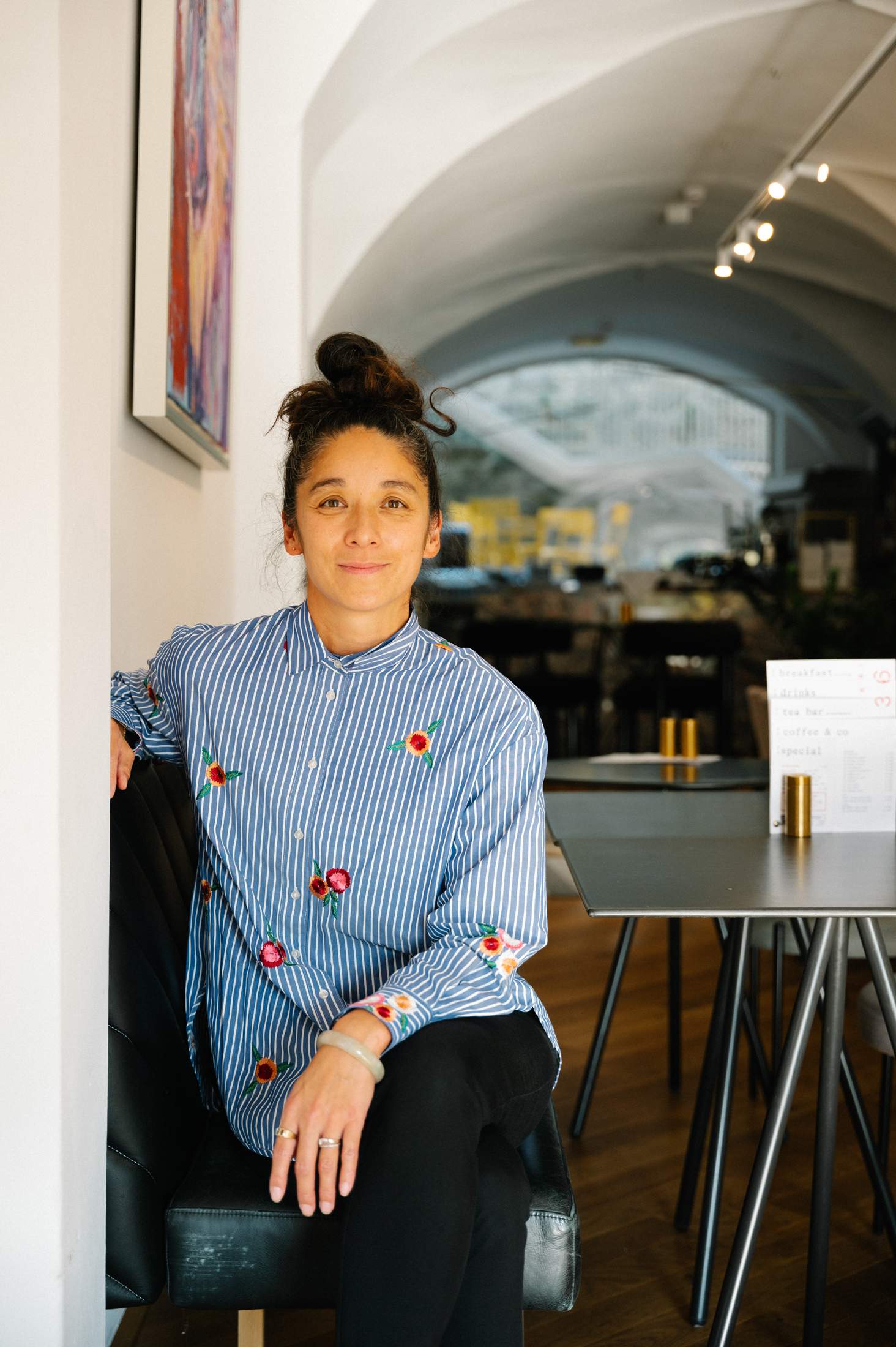
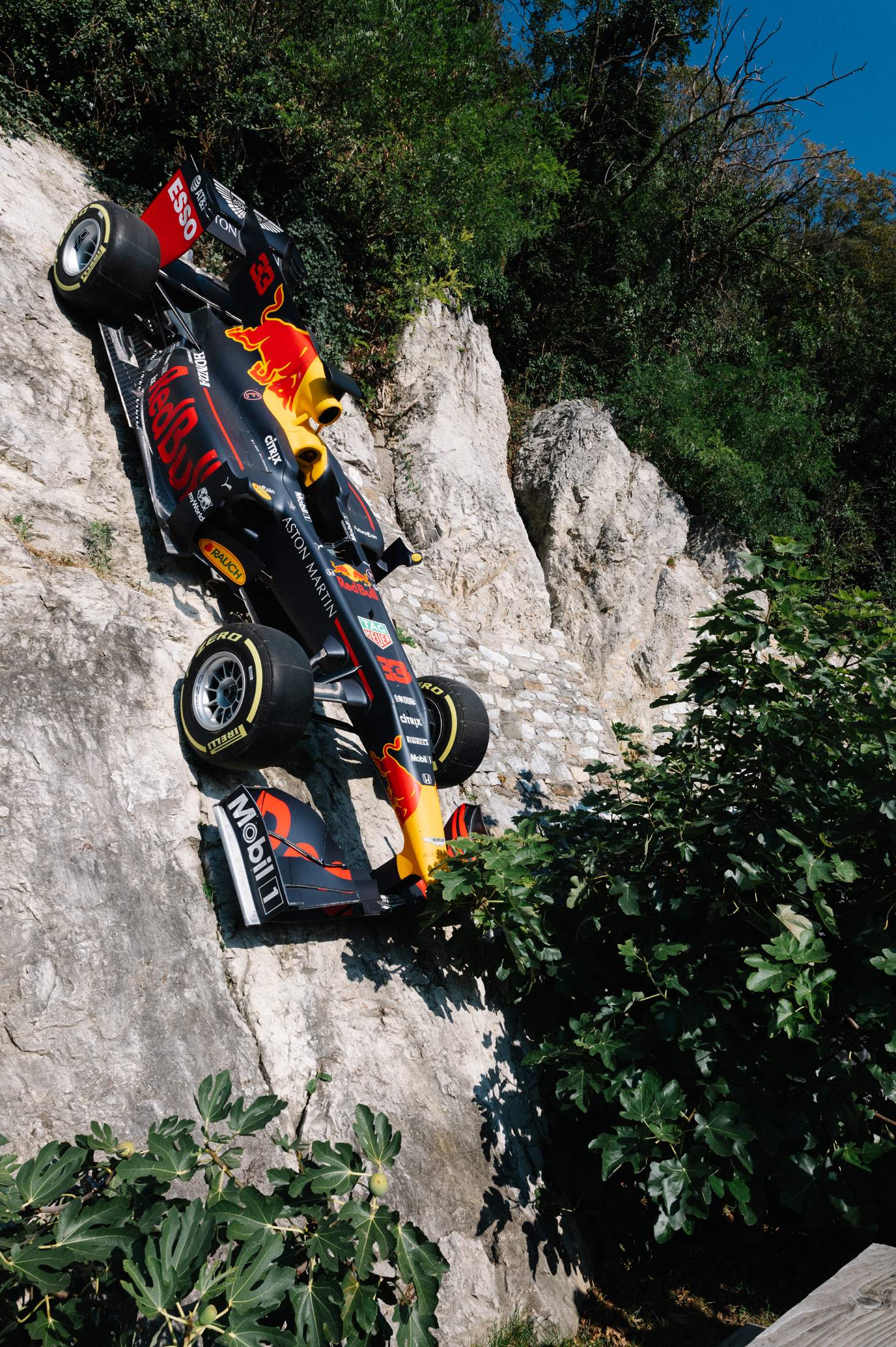
Automotive and mobility firms, including avl and Magna, have traditionally driven business in Graz and its surrounding area. Weitzer Woodsolutions, based in the nearby city of Weiz, is dedicated to reintroducing wood to the mobility industry; it is now collaborating with Magna and Volkswagen in a design-development partnership.
Such collaborations are flourishing in the region. Networking organisation Creative Industries Styria (cis) has nurtured the region’s entrepreneurial spirit since 2007. It is led by Eberhard Schrempf, whose name is known to nearly every business owner here.
For Schrempf, a new era began when Graz was named a European Capital of Culture in 2003. Not only did this lead to large-scale construction projects but it prompted some reflection. “There was a discussion about what lay next for Graz and it became clear that we needed something to bind together our unique mix of art, design and industry,” he says.

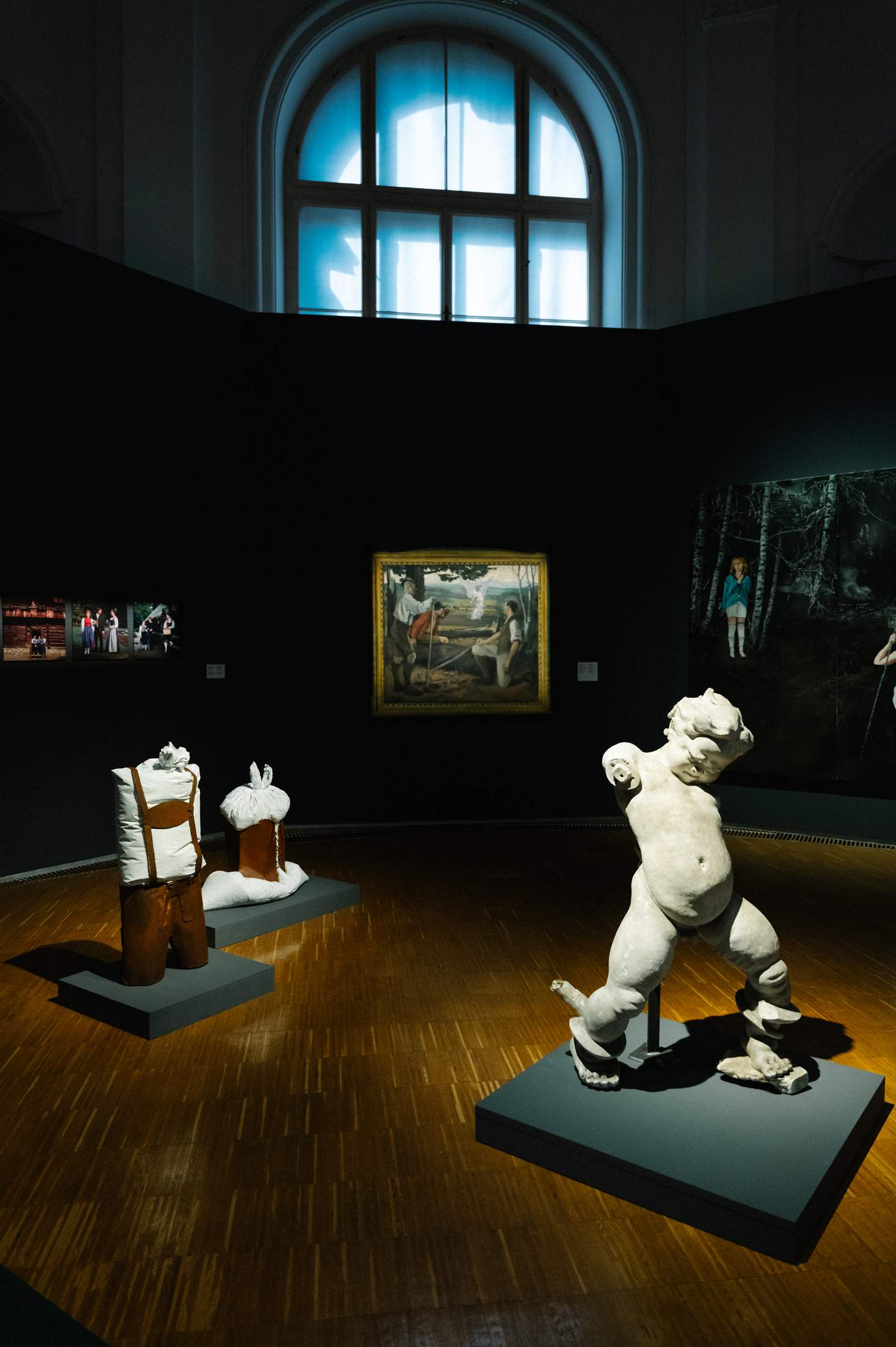
One key priority for Schrempf is to spread the idea that design isn’t just for the elite. “We need to see it not as a luxury but as something that creates products for everyone and for every day.”
Despite the challenges that he faces, he’s not worried about the future of the creative industries. “Creativity is in Graz’s dna,” he says. —

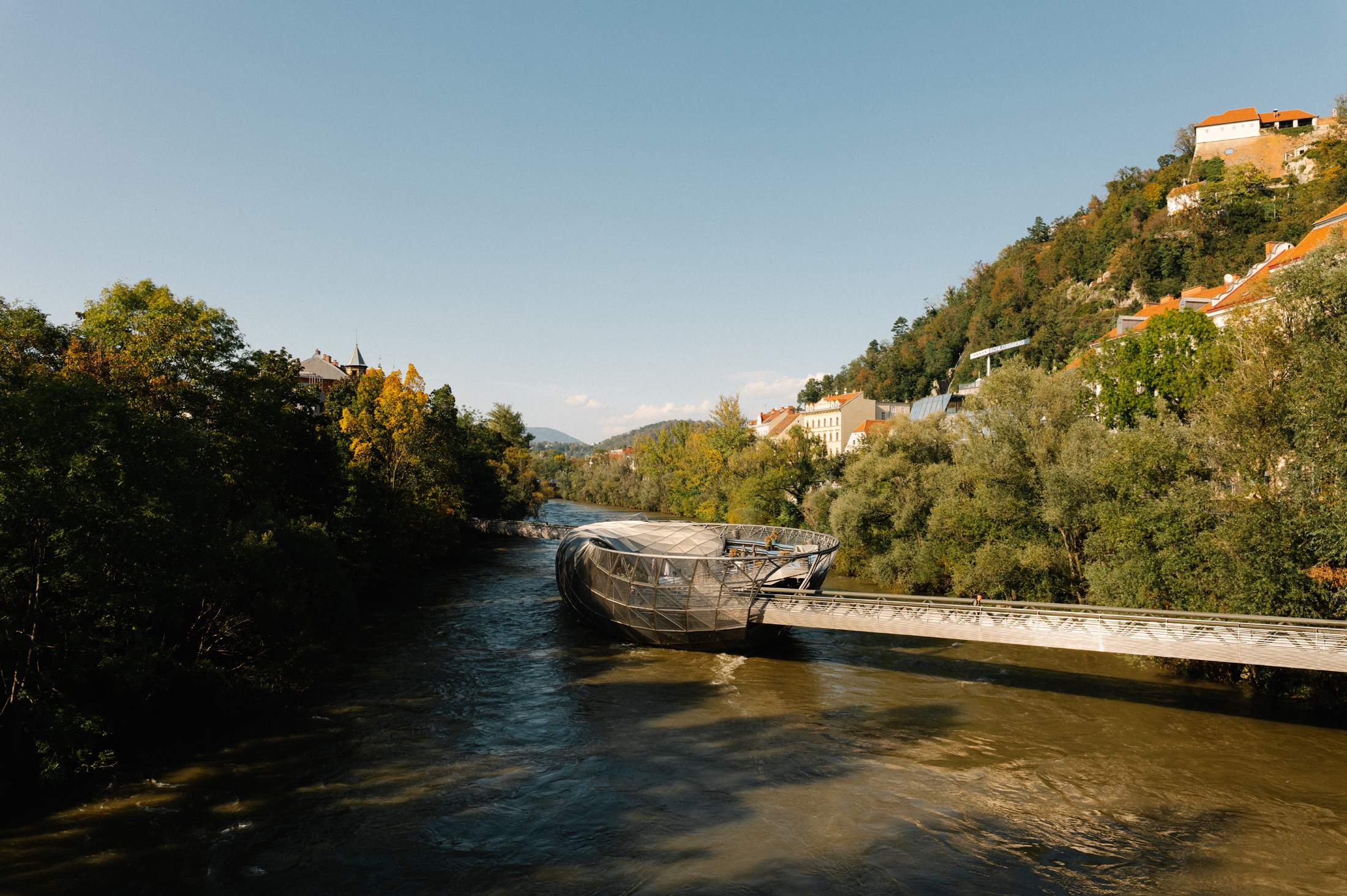
SET UP HERE 03
Linz, Upper Austria
Reaching out
Long a hub for trade and industry, this forward-thinking city is now raising its ambitions in technology.
For decades, Linz held a well-defined place on Austria’s economic map. Sitting on the Danube and connected to trade routes across Central Europe, it was a hub for heavy industry and woodworking. Indeed, Voestalpine, the country’s largest steel producer, and Schachermayer, a metal- and woodworking company, continue to provide jobs and contribute to the city’s infrastructure.

A new chapter began in 1979 when Linz hosted the inaugural Ars Electronica Festival, celebrating art, science and technology. A permanent Ars Electronica Center followed in 1996, with a striking glass-fronted building completed in 2009 – in time for the city’s stint as a European Capital of Culture.
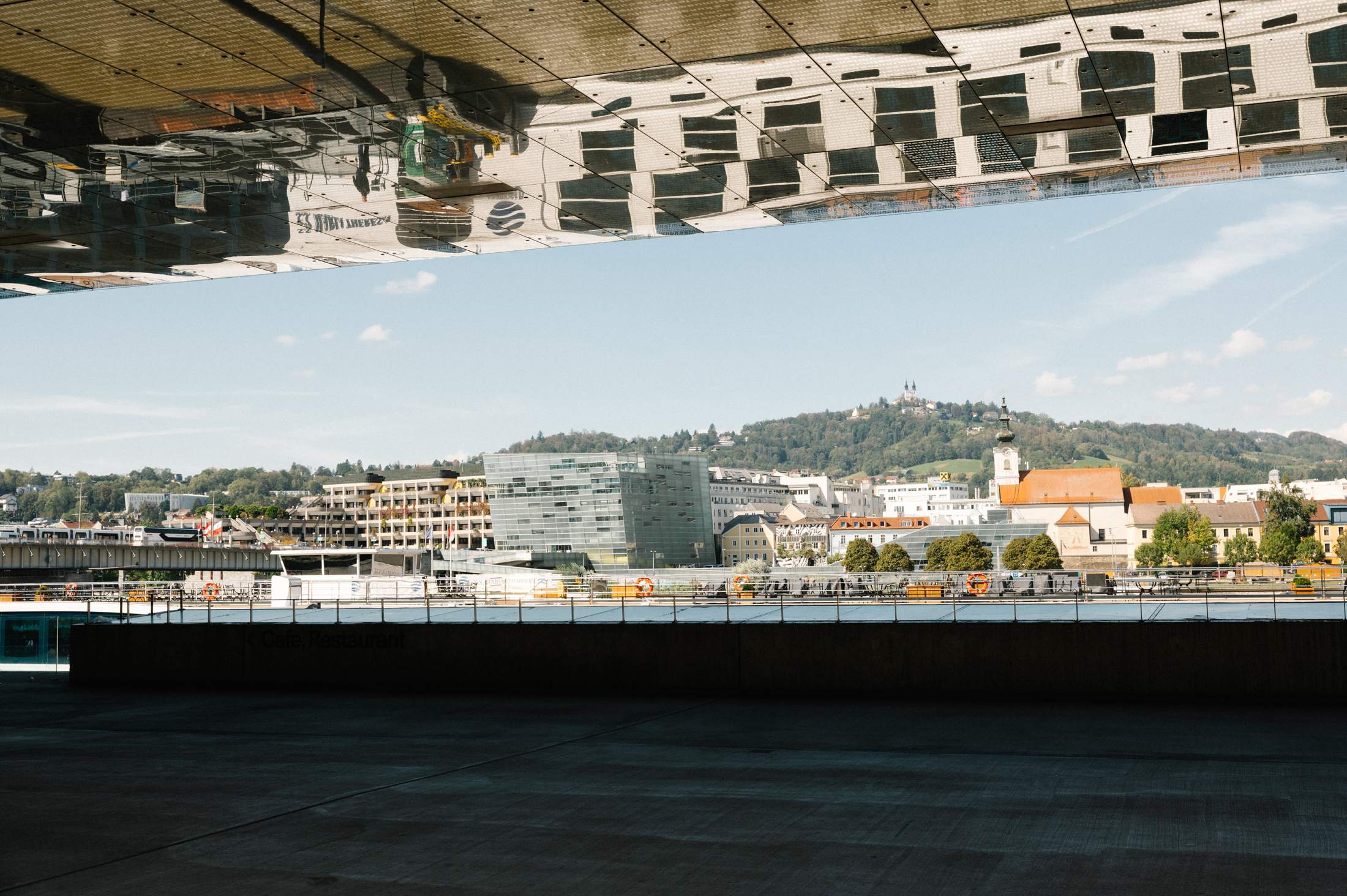
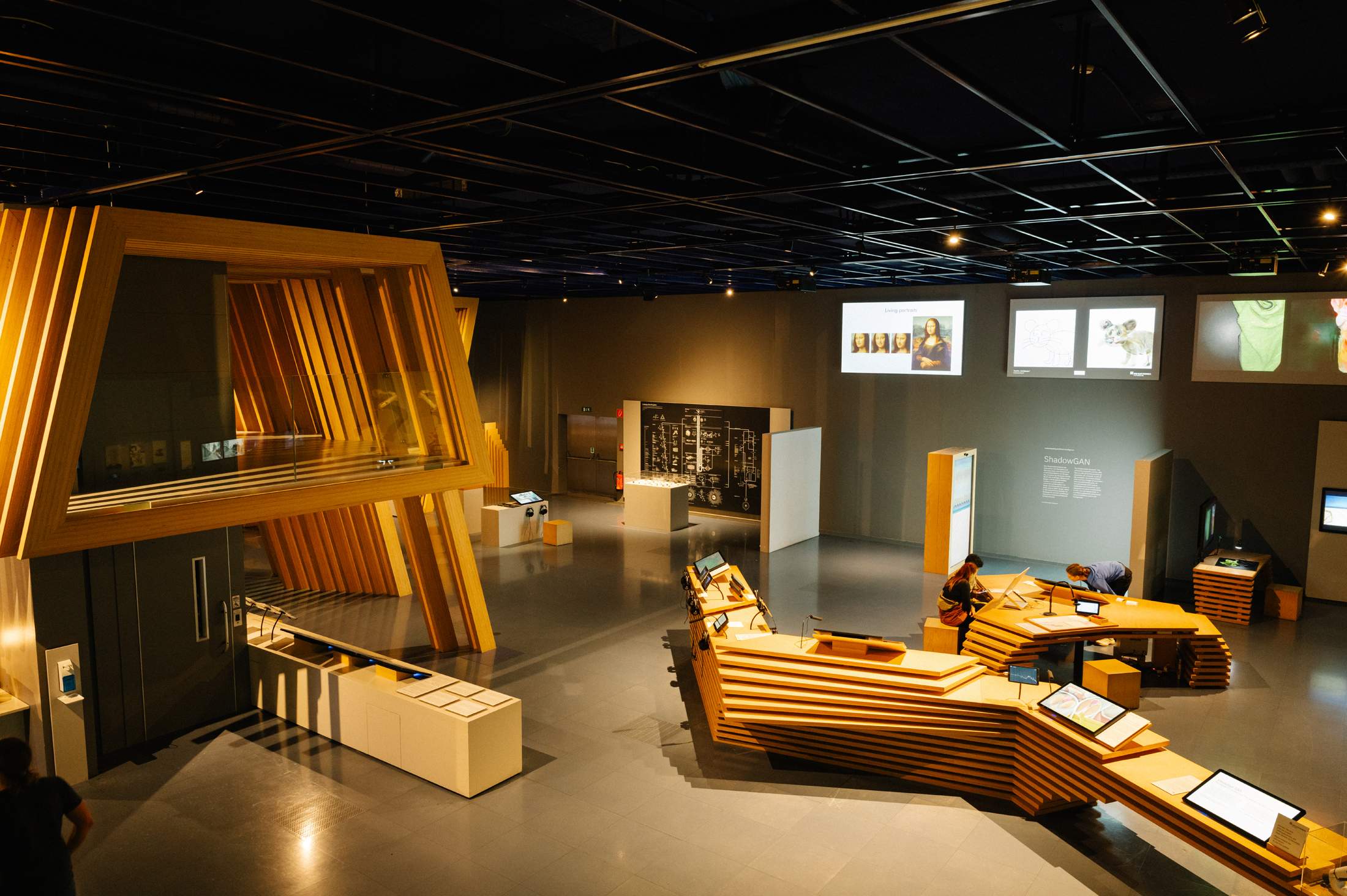
Artist and curator Hideaki Ogawa first exhibited at the centre in 2006 and remembers the excitement at that time. “I didn’t plan to stay here but somehow I kept coming back,” says the Tokyo native. Attracted to the city’s focus on technology, Ogawa progressed through various research roles until, in 2019, he became a co-director of Futurelab, Ars Electronica’s r&d arm (he later became its managing and artistic director).
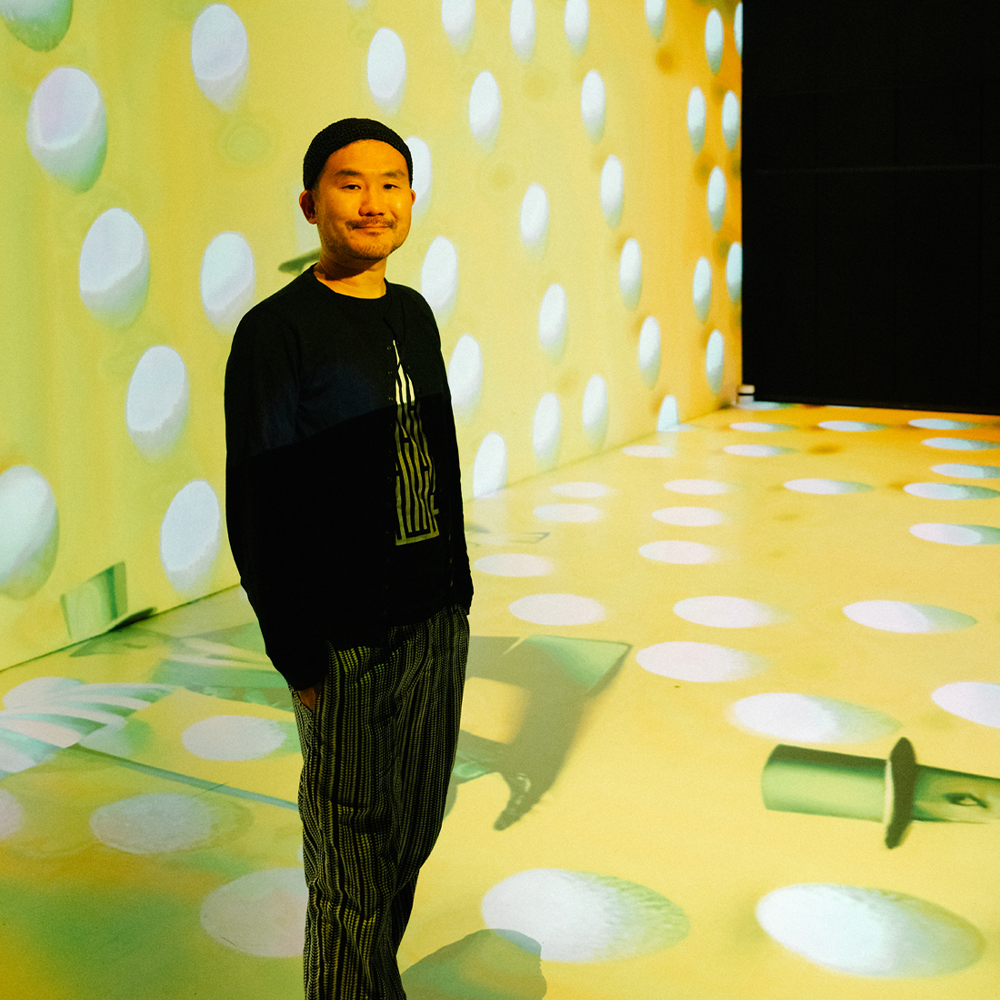
Unlike the centre and festival, which receive public funding from the city and state, Futurelab collaborates with businesses to drive research. In 2010, Asimo, the humanoid robot created by Japanese conglomerate Honda, was showcased at the Ars Electronica Festival as part of a project exploring human-machine interaction. “Asimo was right here,” says Ogawa, posing in the lab’s main demonstration room, which also hosts immersive installations. Another collaboration, with Germany’s Siemens and the Johannes Kepler University, resulted in the development of a body-scanning system to help medical students better understand human anatomy. “It’s crucial that our work doesn’t stay within these walls but is distributed beyond, creating new opportunities,” says Ogawa.
This technological shift has swept through Linz’s industrial zones too, transforming its sprawling former tobacco factory, the Tabakfabrik, into a major centre for business and culture. The site now houses about 250 companies and organisations, including galleries, two departments of the University of Arts Linz and even a brewery. Each of its five main buildings is named after a brand of historic Austrian cigarettes. The complex is listed, making major renovations tricky, but Tabakfabrik’s co-ceo, Denise Halak, says that the city, which owns the site, does everything possible to reduce red tape. “The city showed courage when it bought the factory from Japan Tobacco International in 2009, as there was no clear plan for its future,” she says. Step by step, the site has flourished, becoming an anchor for innovation, linking Linz’s emerging businesses with its traditional industries.


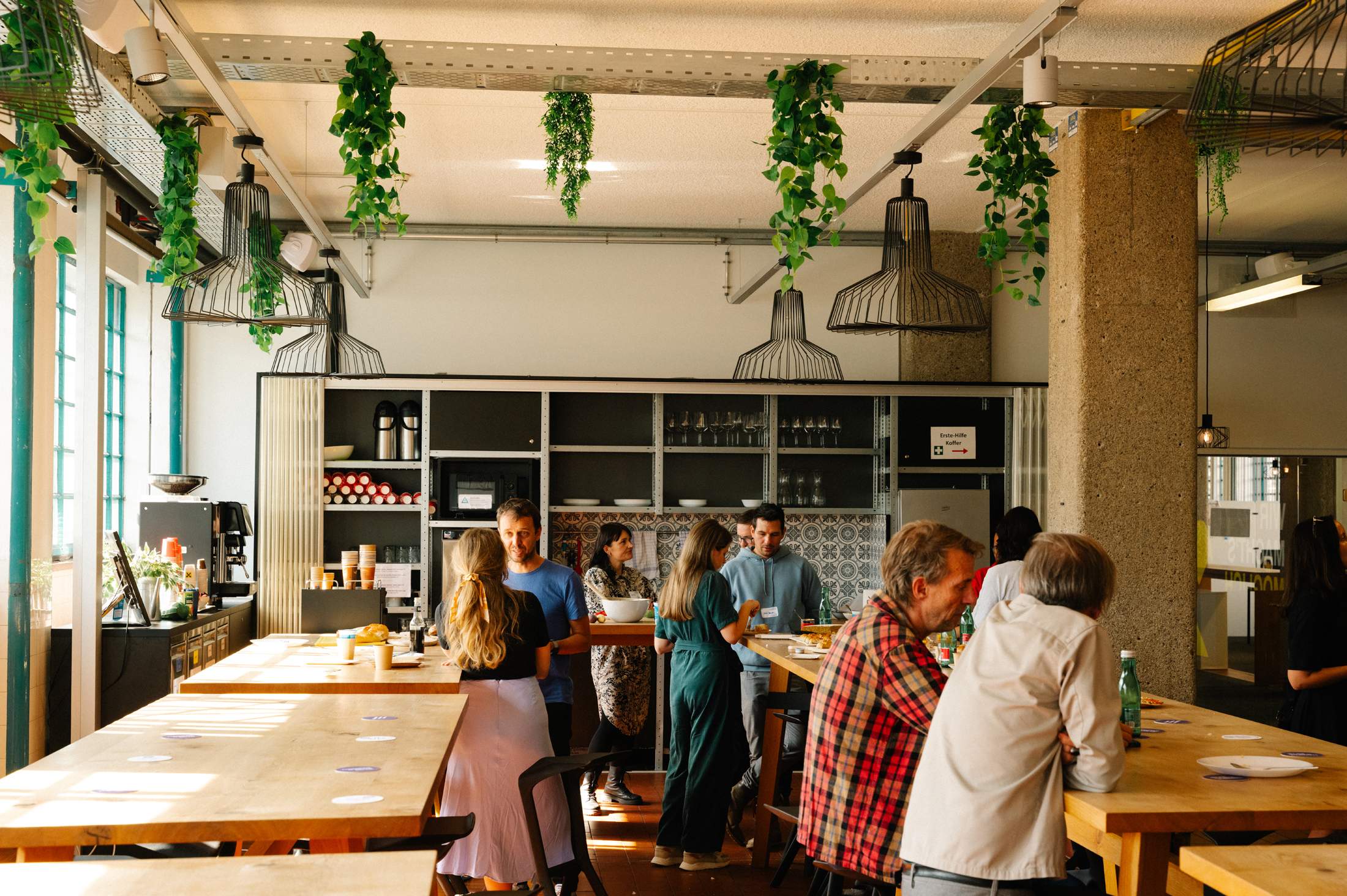
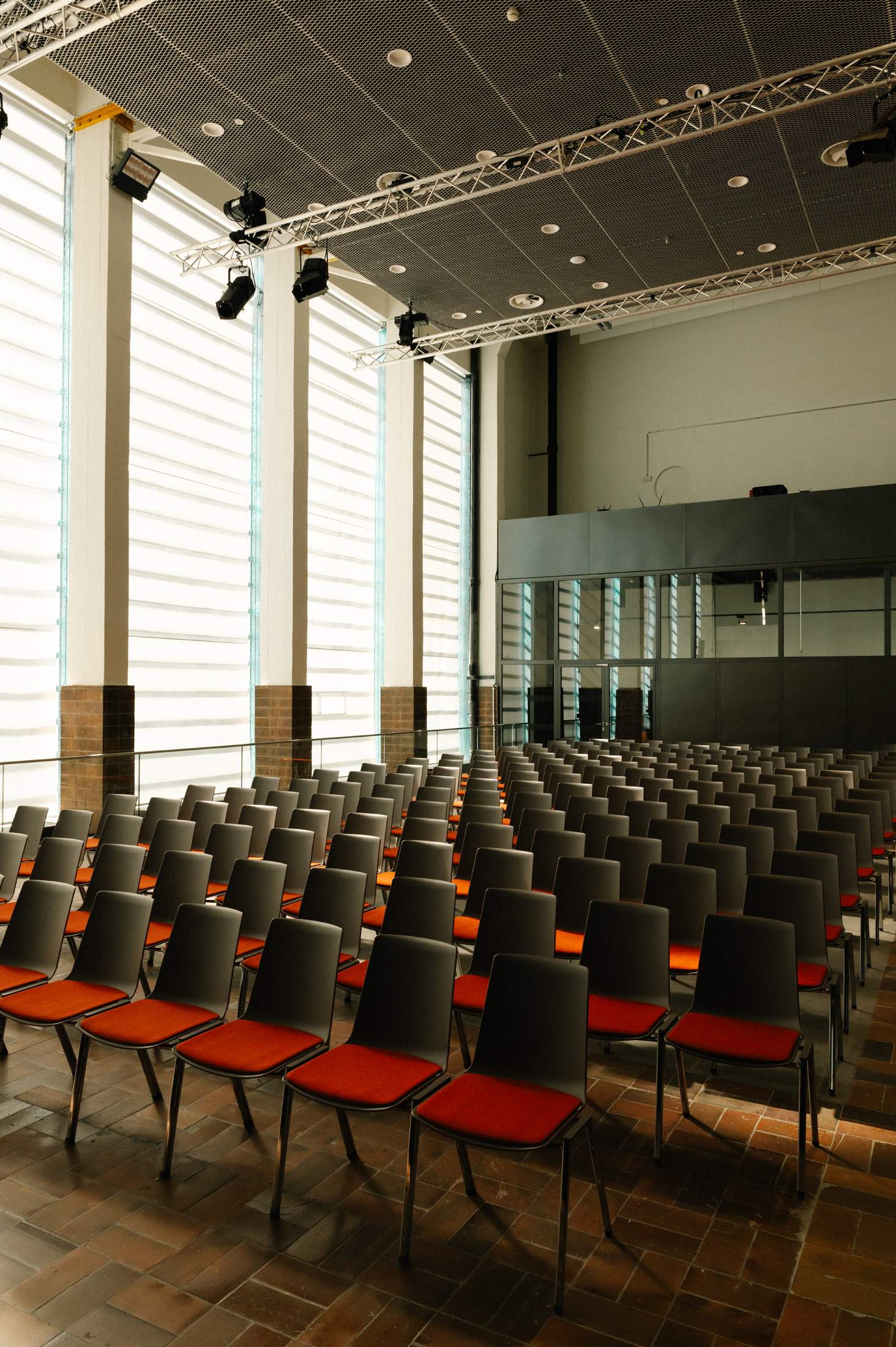

“With its rich history, Tabakfabrik and Linz as a whole are perfect hubs for creativity and innovation,” says Michaela Scharrer of Creative Region, a service hub for creatives. Scharrer and her team host breakfast meet-ups for Tabakfabrik residents and those seeking collaboration. “We have a huge network, so if someone approaches us, we know immediately who to connect them with,” she says.
Down the corridor is the Strada del Startup, a hallway lined with the offices of entrepreneurs. One of them is Florian Holzmayer, the founder of Balcosy, which creates attachable window seats designed as an alternative to balconies. “I came up with the idea during the coronavirus lockdowns when I missed being outside and the community here was instrumental in getting it off the ground,” he says, before dashing off to the breakfast room for a kipferl.
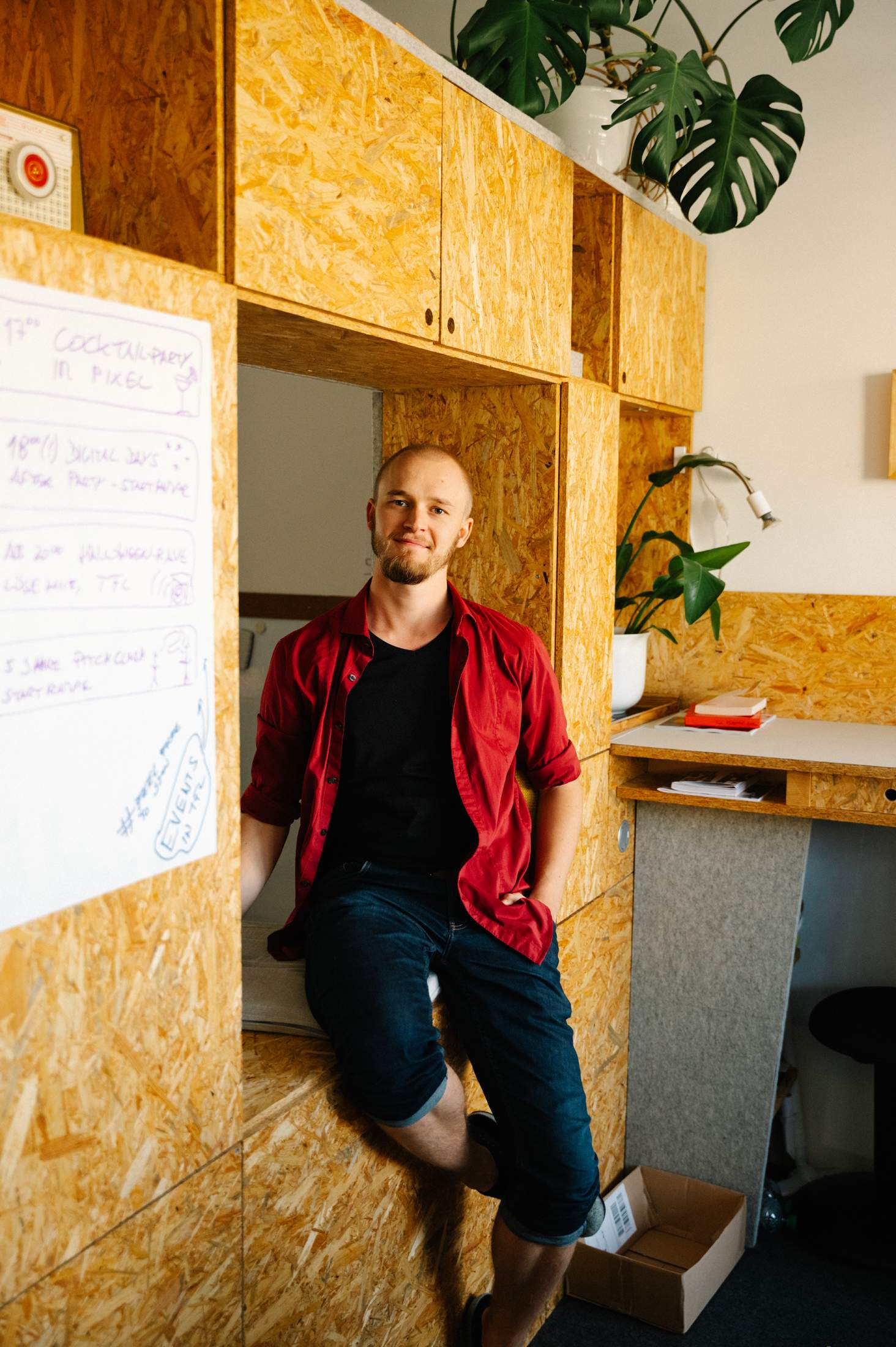
Part of this support network is mkrz Lab, which uses craft to enhance internal communication and critical thinking within companies, including product prototyping. Co-founder Tobias Zucali believes that these skills should be developed at an early age. “In school, you’re mostly focused on transferring knowledge from books into a child’s mind,” he says. “We need these hands-on methods to teach abstract thinking.” —
SET UP HERE 04
Salzburg
Hitting new peaks
Best known for its natural beauty, Austria’s fourth-largest city is worth its salt when it comes to supporting start-ups too.

“Things come together in Salzburg,” says Evelyn Brandstätter, director of Café Bazar, from the terrace of her hostelry in Austria’s fourth-largest city. There’s a buzz among the patrons at the family business, where she has worked for 20 years. The striking scenery – with the Salzach river glistening beneath the Mönchsberg mountain – and slow pace of life are key aspects of the city’s allure.

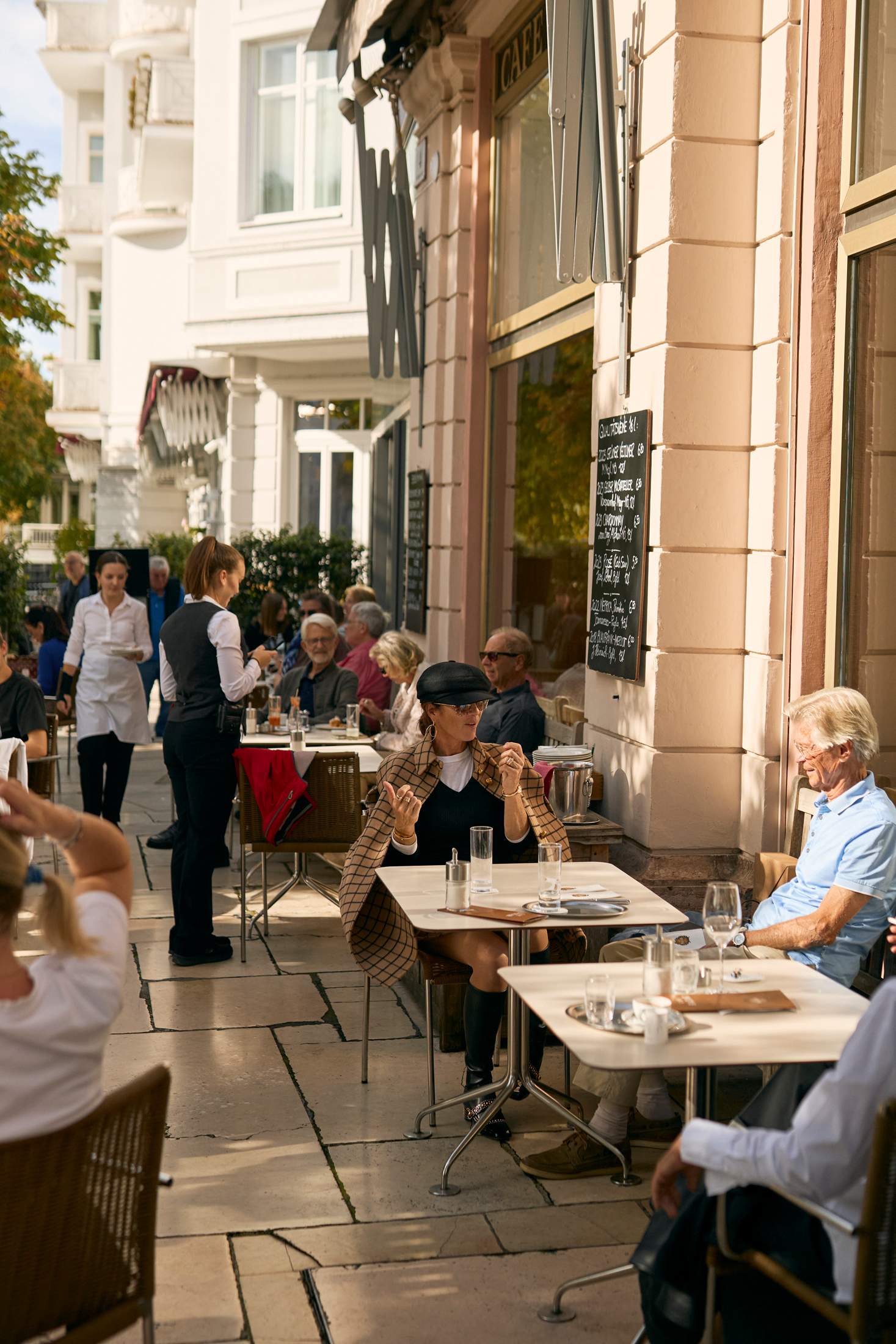
Among those who have moved to Salzburg in search of a better work-life balance is Spanish architect Roberto R Paraja, who set up the main office of Haro Architects here with co-founder Bernd Haslauer. The pair, who work on a mix of residential projects and restorations of public buildings, are impressed by Salzburg’s strong network of craftspeople. “There are various kinds of carpenters – the Tischler for furniture and the Schreiner for construction,” says Paraja. “In Spain we don’t have Zimmerers, with their level of specialisation in wooden construction.”

Katharina Macheiner and her family run roastery and coffee shop 220Grad. One of its three sites is next to the Museum der Moderne Salzburg, from where the city looks like an attractive place to while away an afternoon. “I’m from here but didn’t know that all of these cool people were here,” says Macheiner.
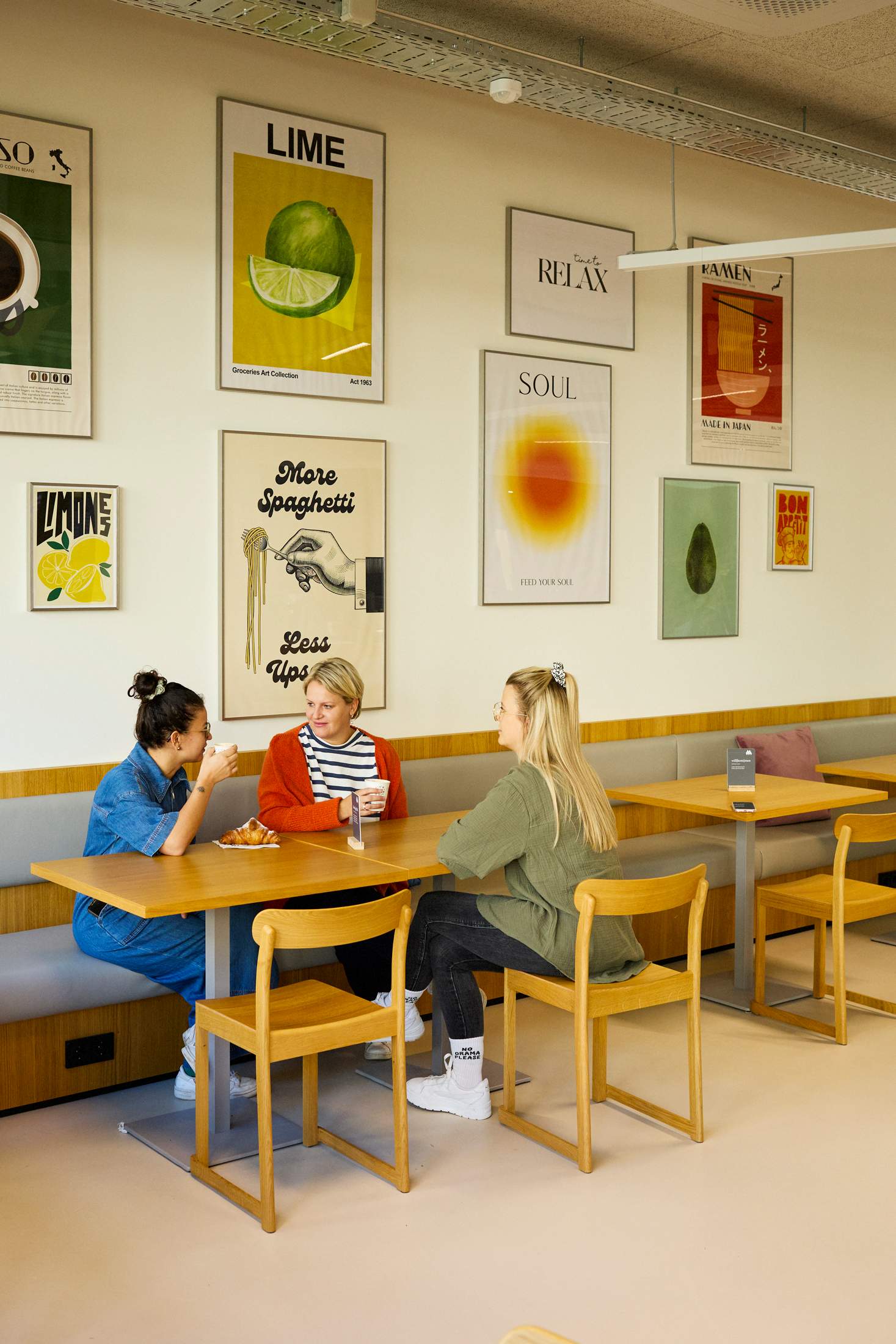
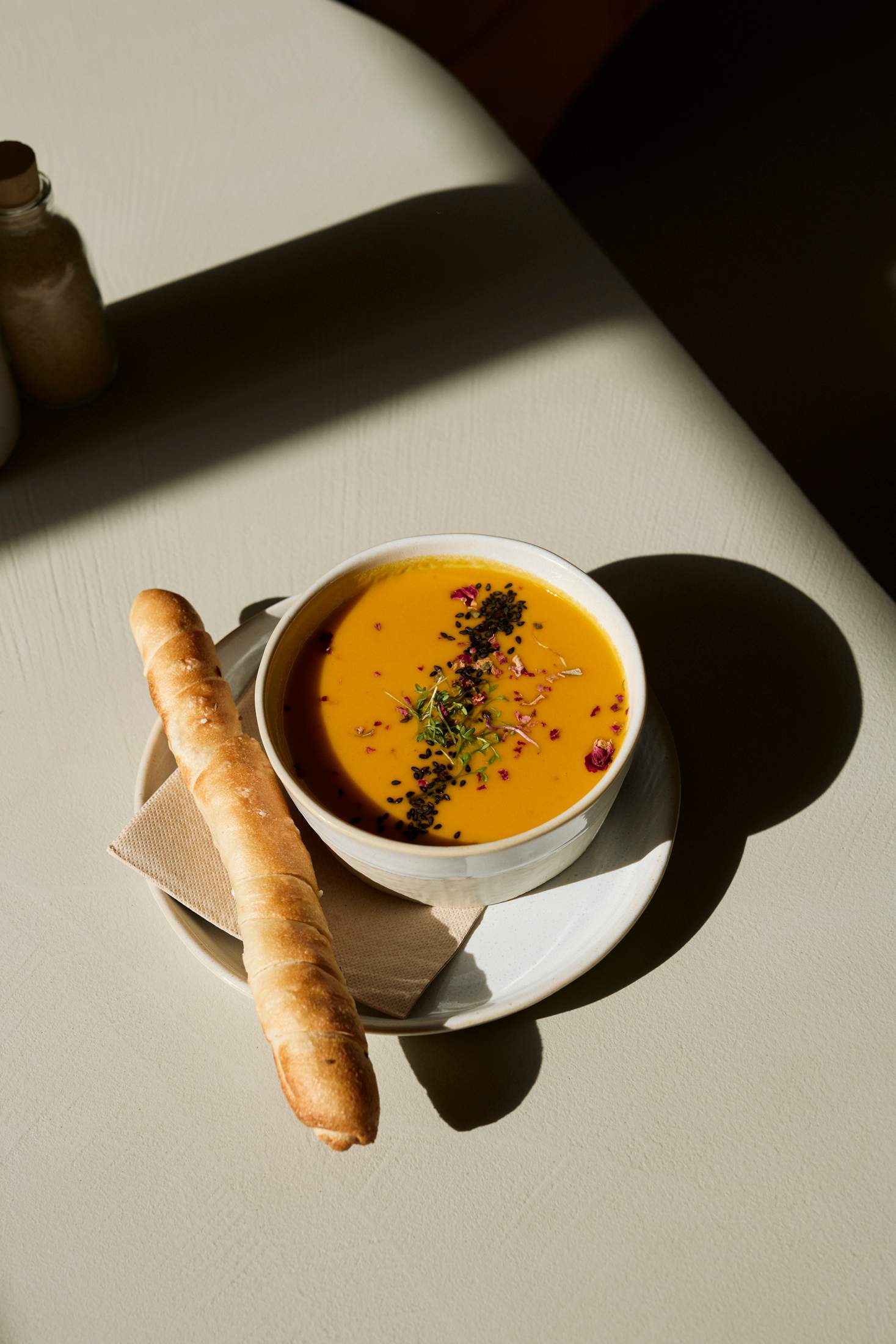
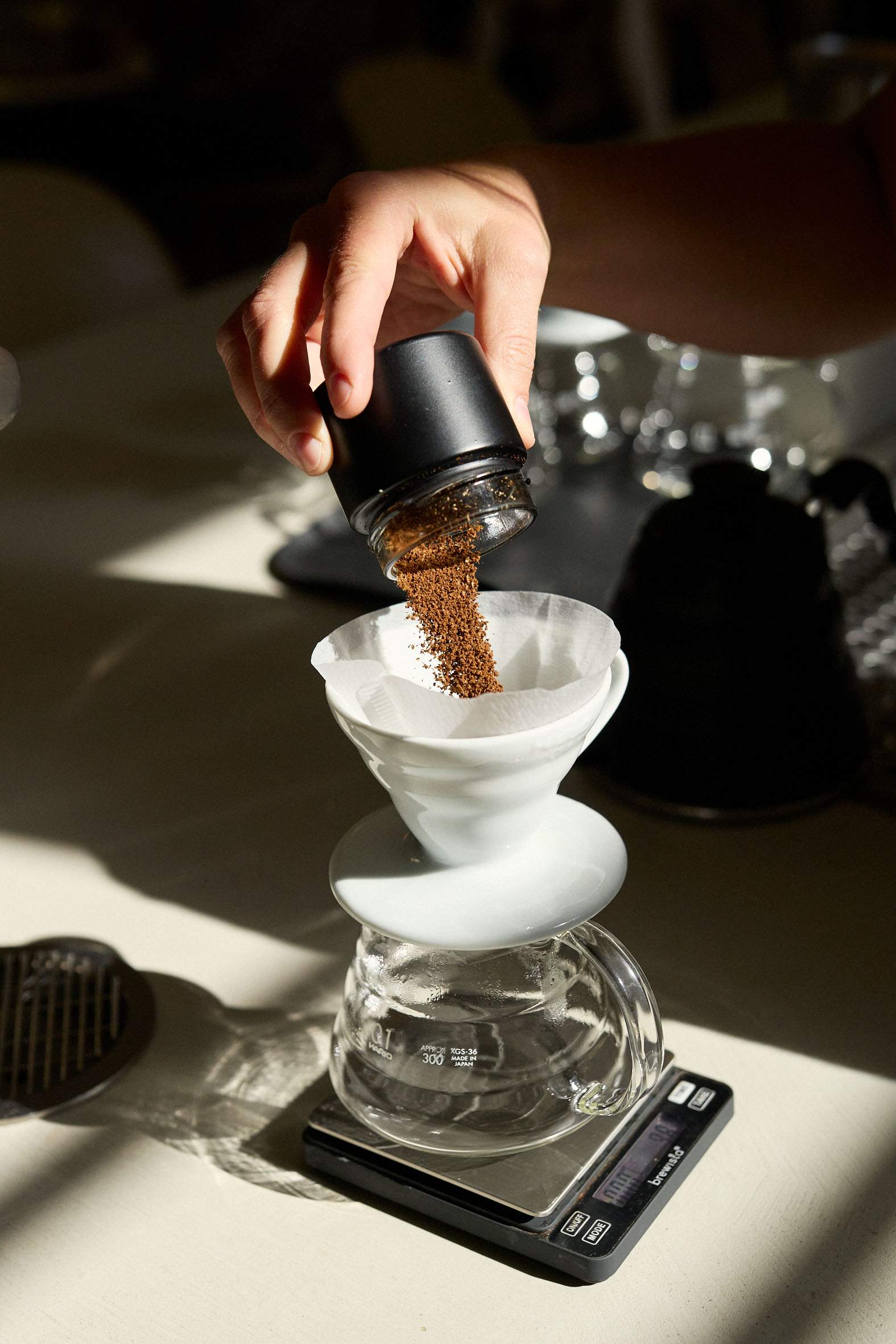
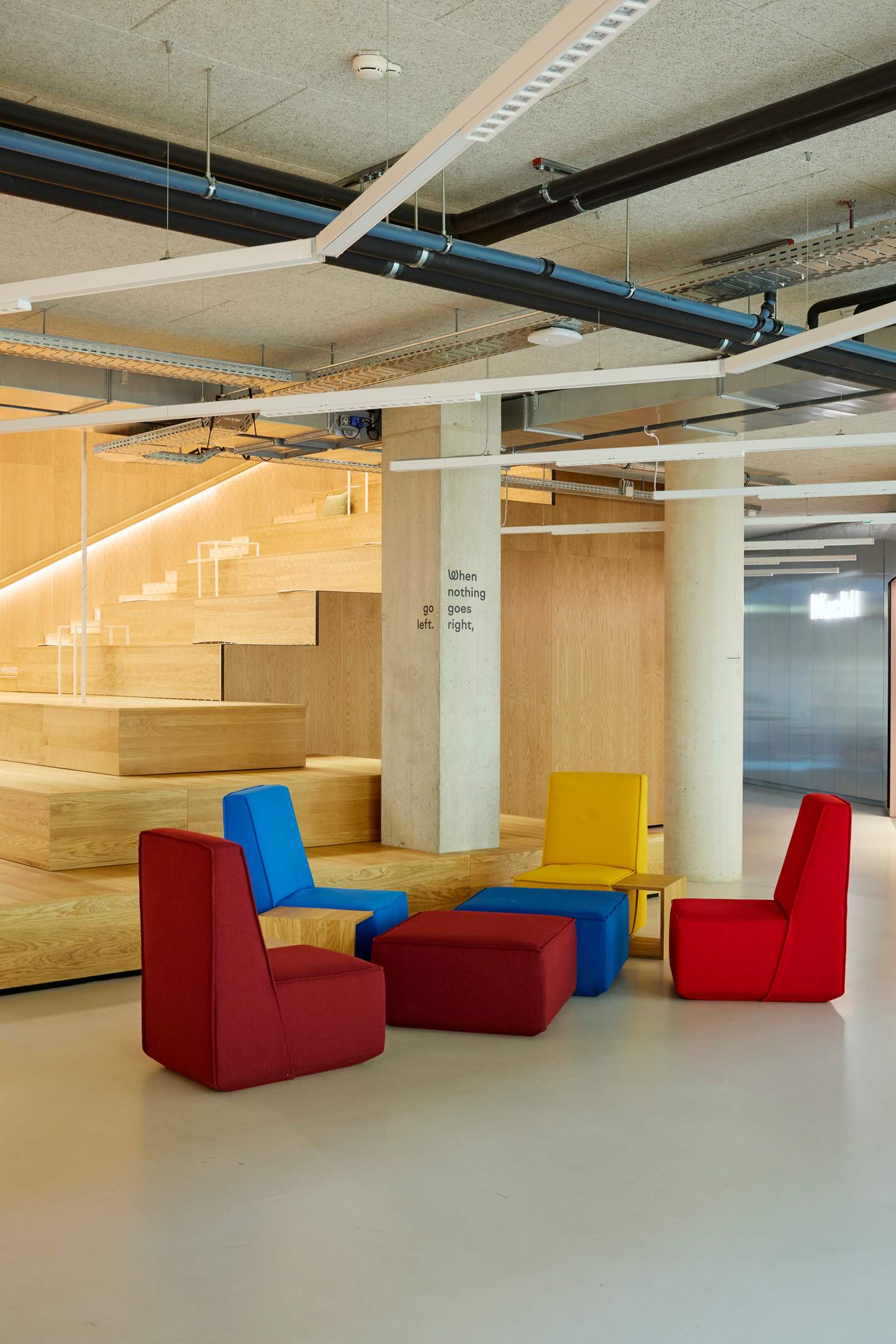
Her sense of optimism is echoed by Startup Salzburg, a regional business incubator co-ordinated by Innovation Salzburg. Its outpost in the Techno-Z Technology Park is abuzz with would-be founders. Though tourism and retail are the city’s biggest sectors, information and communication technology is the industry to watch, with 600 companies from across the globe now based here.
“Our network is strong in terms of the number of companies and players,” says Natasa Deutinger, the head of Startup Salzburg. “Being a one- stop shop is one of the city’s biggest strengths.” The incubator is promoting smaller companies in the technology sector, such as Sproof, which develops digital signature software, and cyber-security company Solbytech.
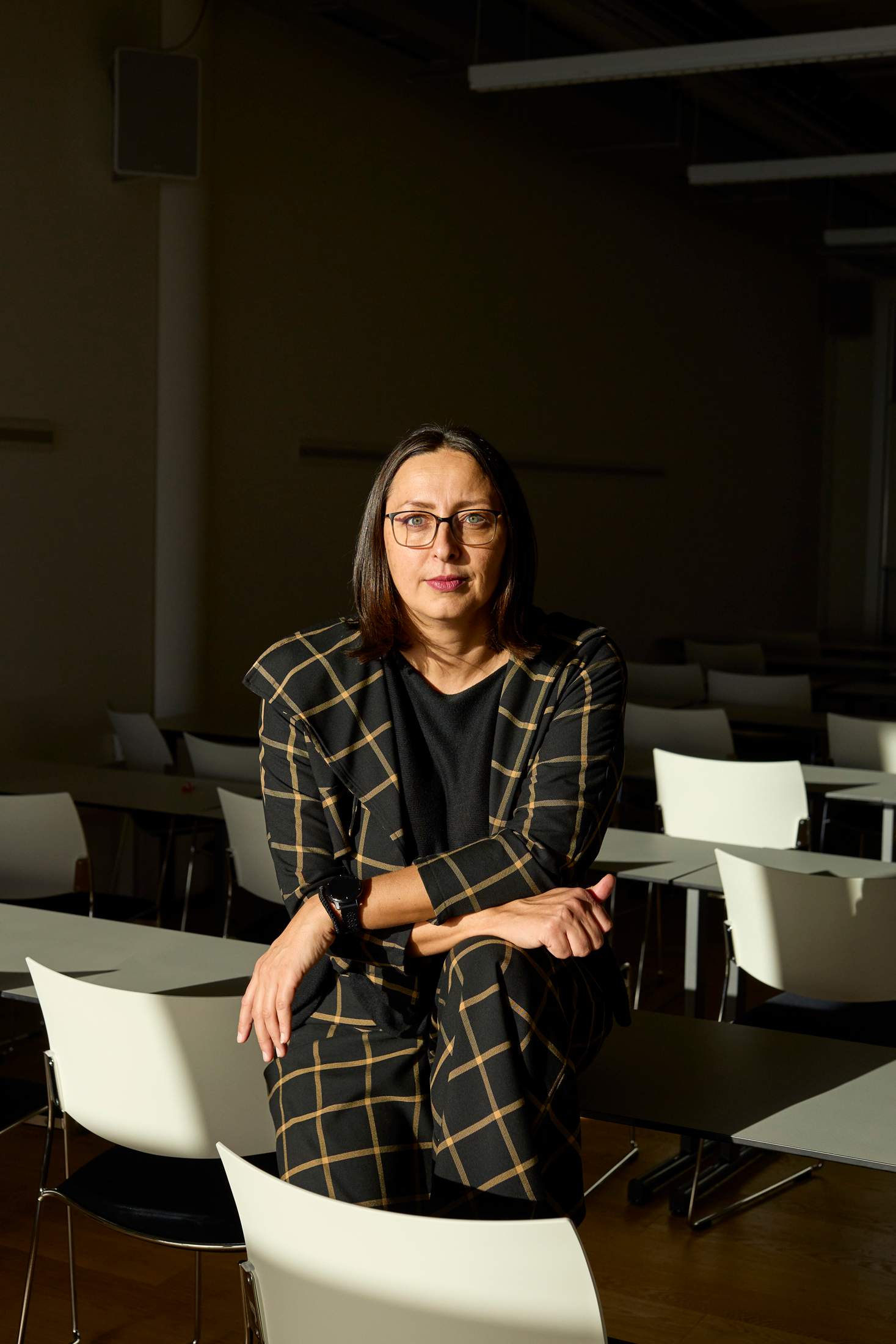
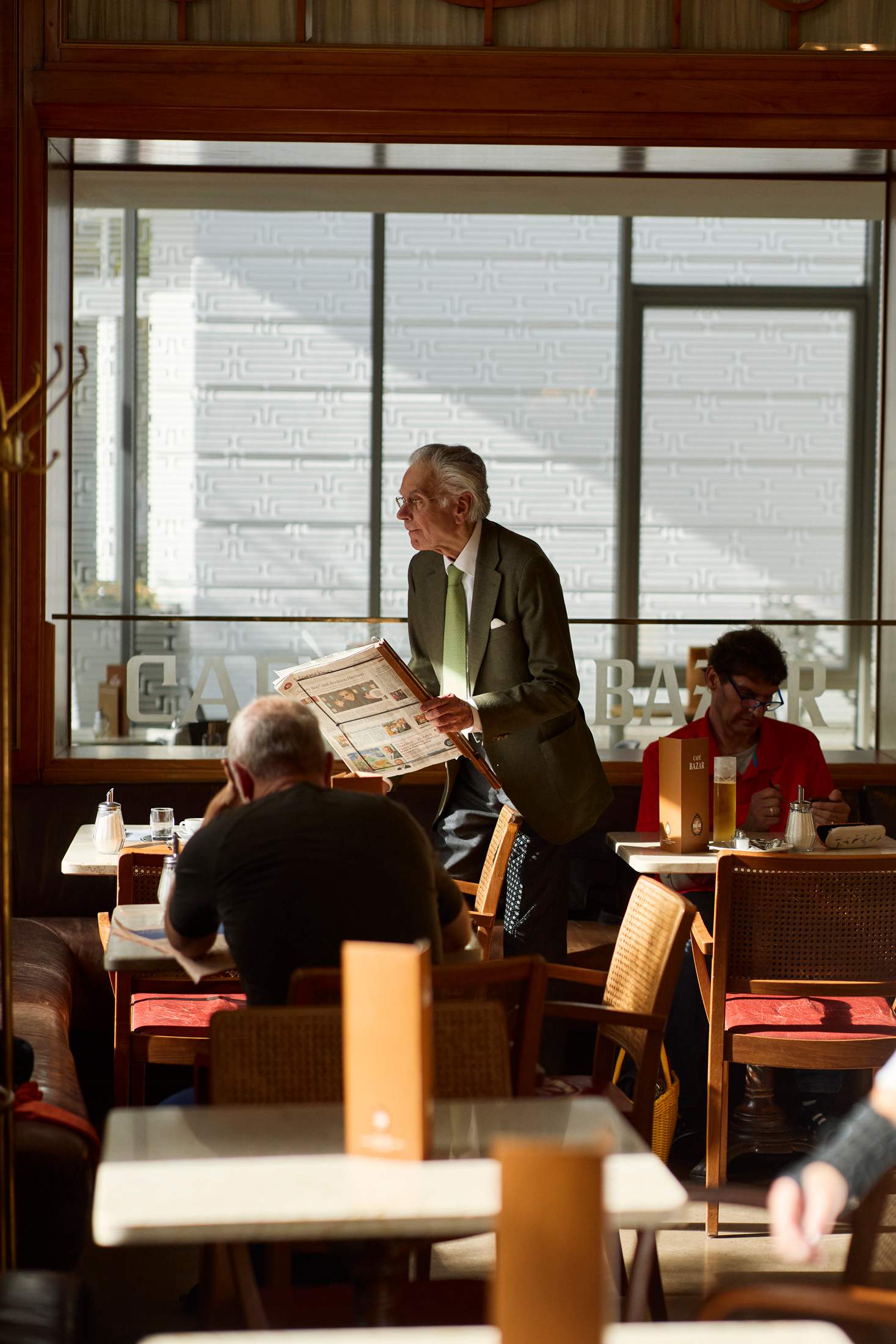
“Our network tries to make the best environment for innovative founders,” says Lorenz Maschke of Salzburg Economic Chamber. But he admits that competitive advantage alone probably isn’t the clincher for those considering a move to Salzburg. “You have to be prepared to pack your skis and walking boots and have some fun,” he says. —
made in austria
From designers crafting lighting, cutlery and furniture to the canny engineers behind folding bikes and skis, we round up some of our favourite Austrian firms and products that you might otherwise miss.
SKI BOOTS AND SKIS
Hannes Strolz and Kneissl
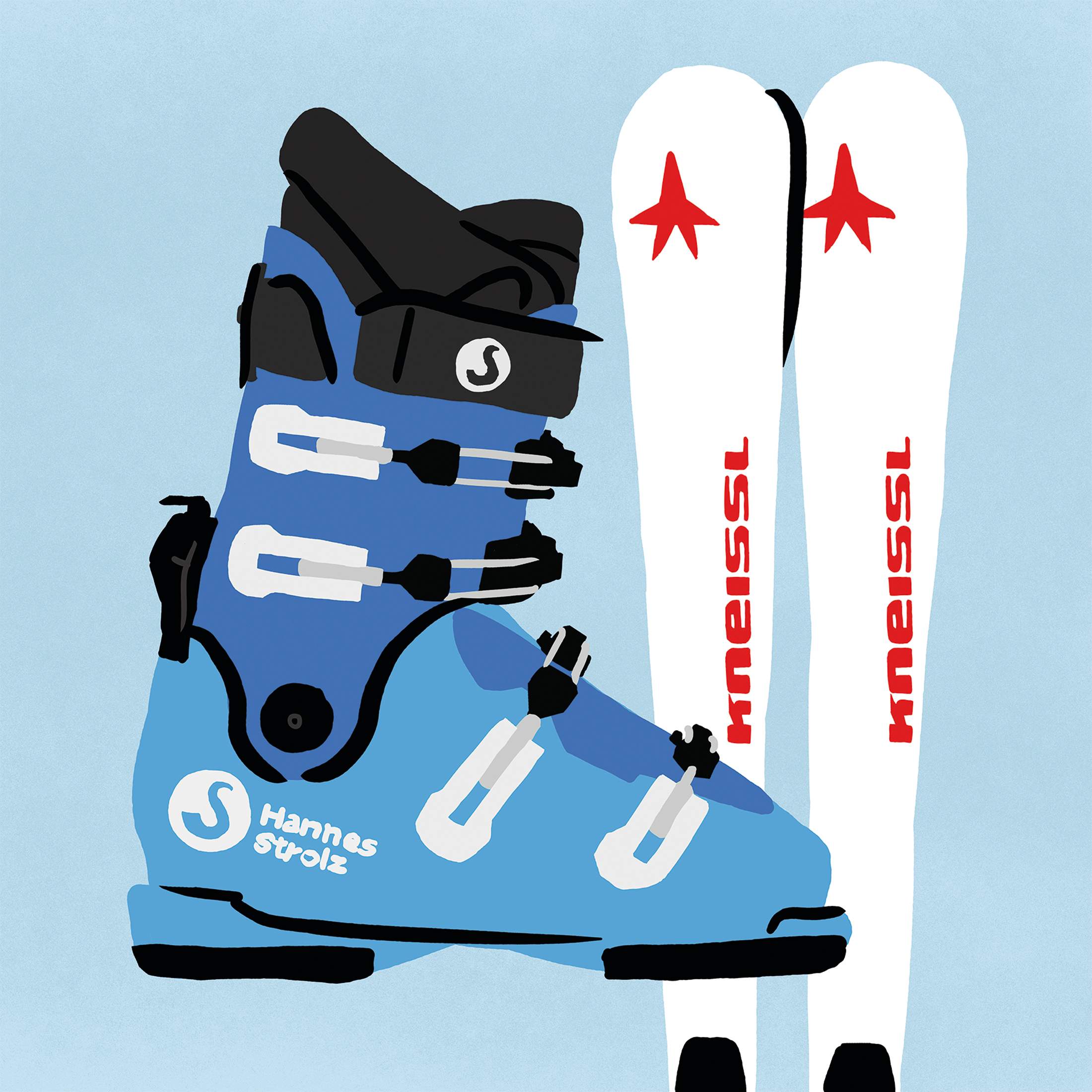
Not long after skiing arrived in Austria, Ambroz Strolz set up a shoe workshop in Lech. His leather boots became all the rage after being displayed at the 1937 World Exhibition in Paris and remain at the forefront of the sector today. Another leader when it comes to Alpine essentials is Kneissl, which has made high-quality skis in Kufstein for almost a century.
hannes-strolz.com; kneissl.com
TEXTILES
Zur Schwäbischen Jungfrau
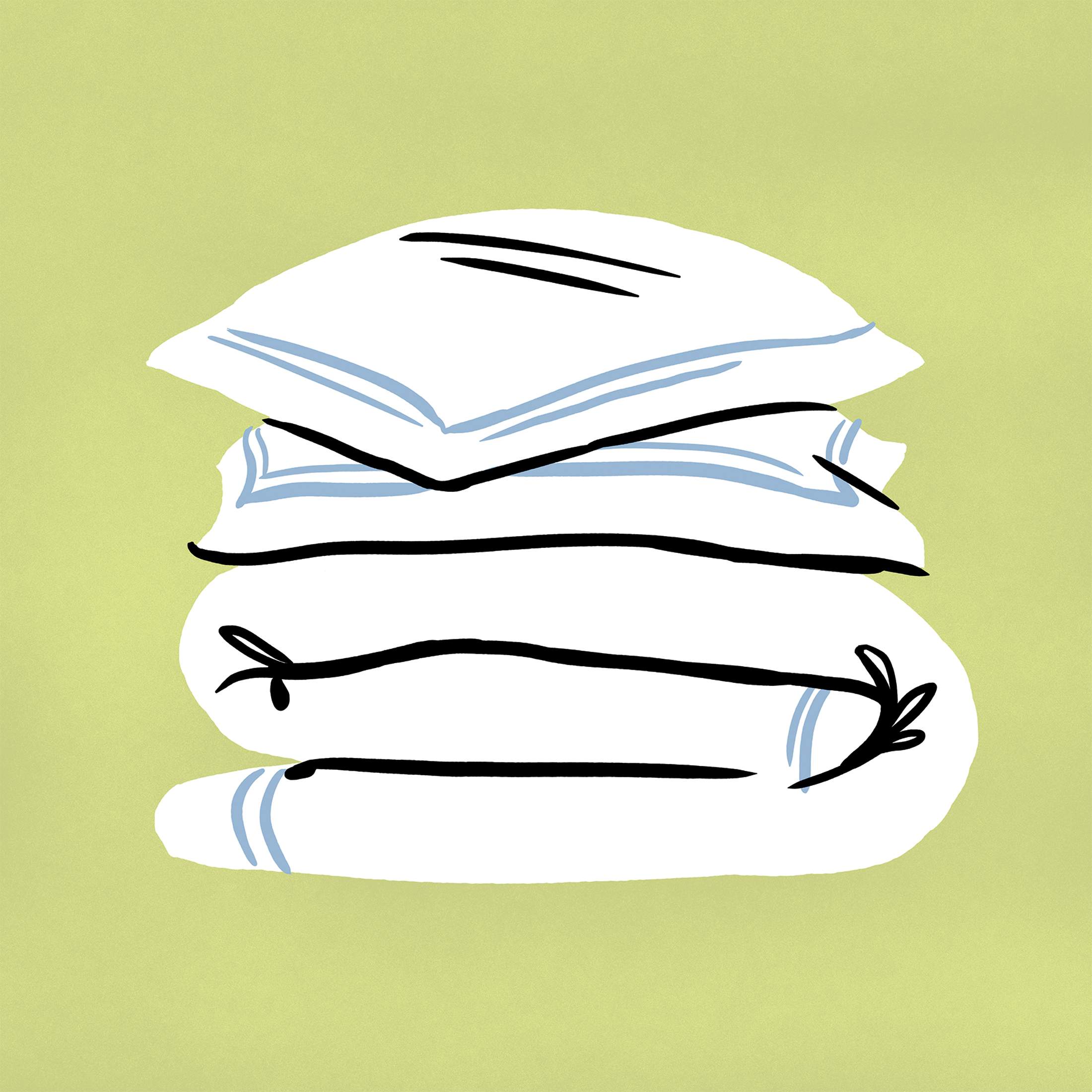
Based in Vienna’s city centre, Zur Schwäbischen Jungfrau has produced fine linens since 1720. Originally a supplier to Austria’s aristocracy, the 300-year-old business was revitalised when Hanni Vanicek took over in the late 20th century and added some modern appeal. Now, alongside her nephew Theodor Vanicek, she offers products ranging from tablecloths to items for aeroplanes and yachts.
zsj.at
CHAIRS
Thonet and Wittmann
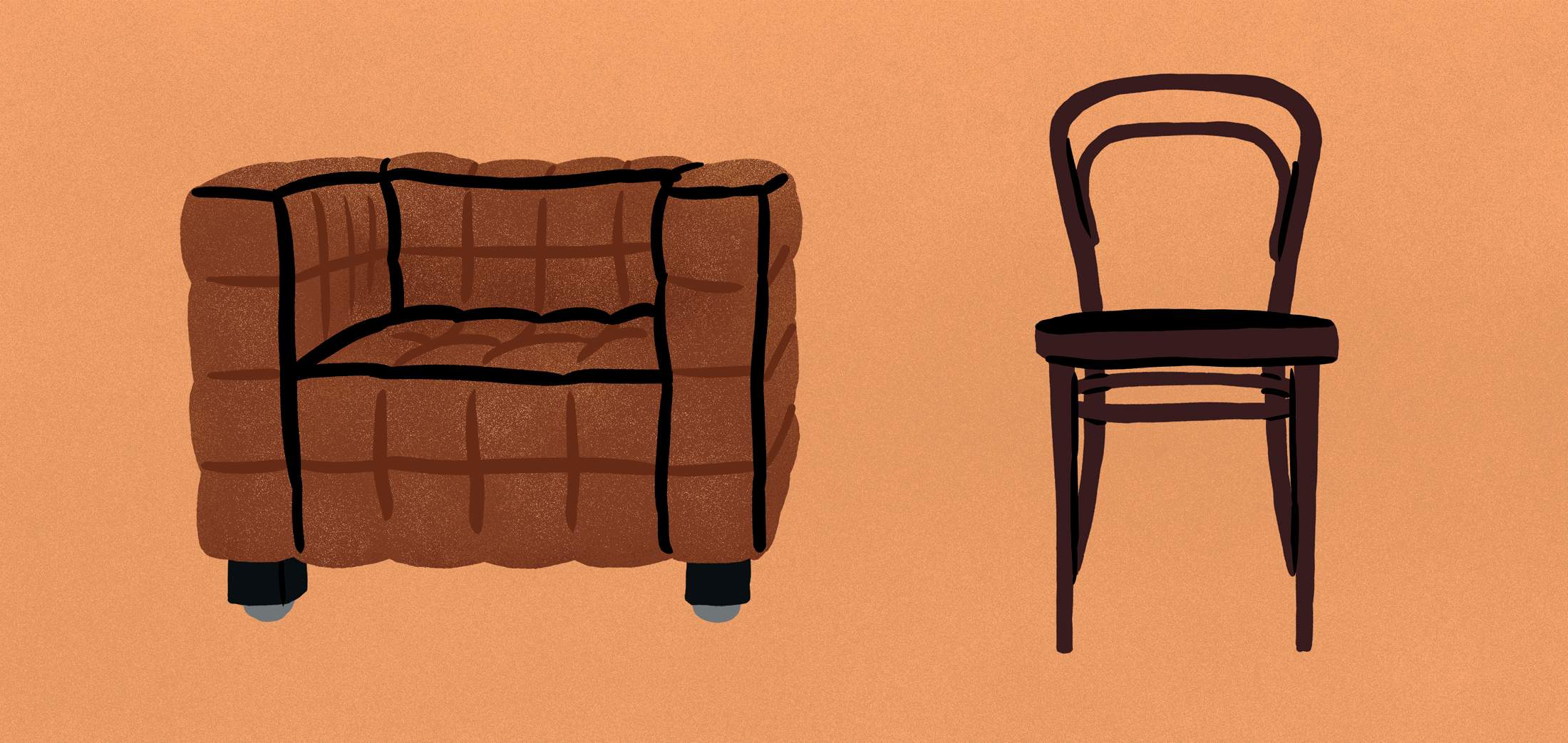
Michael Thonet’s bentwood chairs became instant classics when they were launched in Vienna in the mid-19th century and the chairs remain staples of Austria’s cafés. Meanwhile, family-run Austrian company Wittmann, now in its fifth generation, is best known for pieces such as Josef Hoffmann’s distinctive Kubus chair.
thonet.de; wittmann.at
WAFERS
Manner
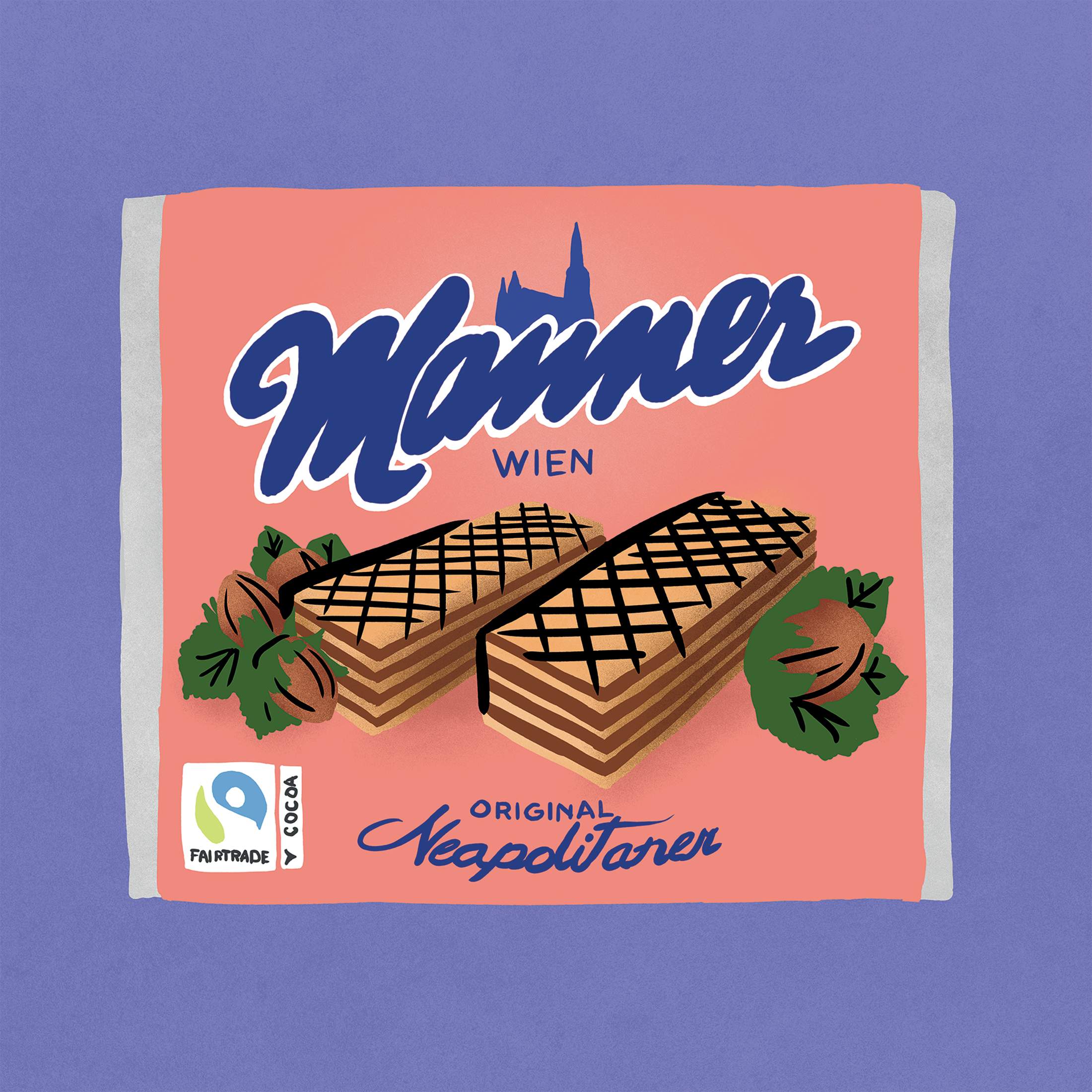
The pink packaging bears the word “Neapolitaner” but these wafers are resolutely Viennese. Made and run between Vienna and Wolkersdorf by a company of about 700 employees, these toothsome treats are made from sustainable cocoa and sold in more than 50 countries. The timeless packaging has hardly changed since the product was first listed in the company’s catalogue in 1898.
manner.com
HATS AND SOCKS
Mühlbauer and Bolter
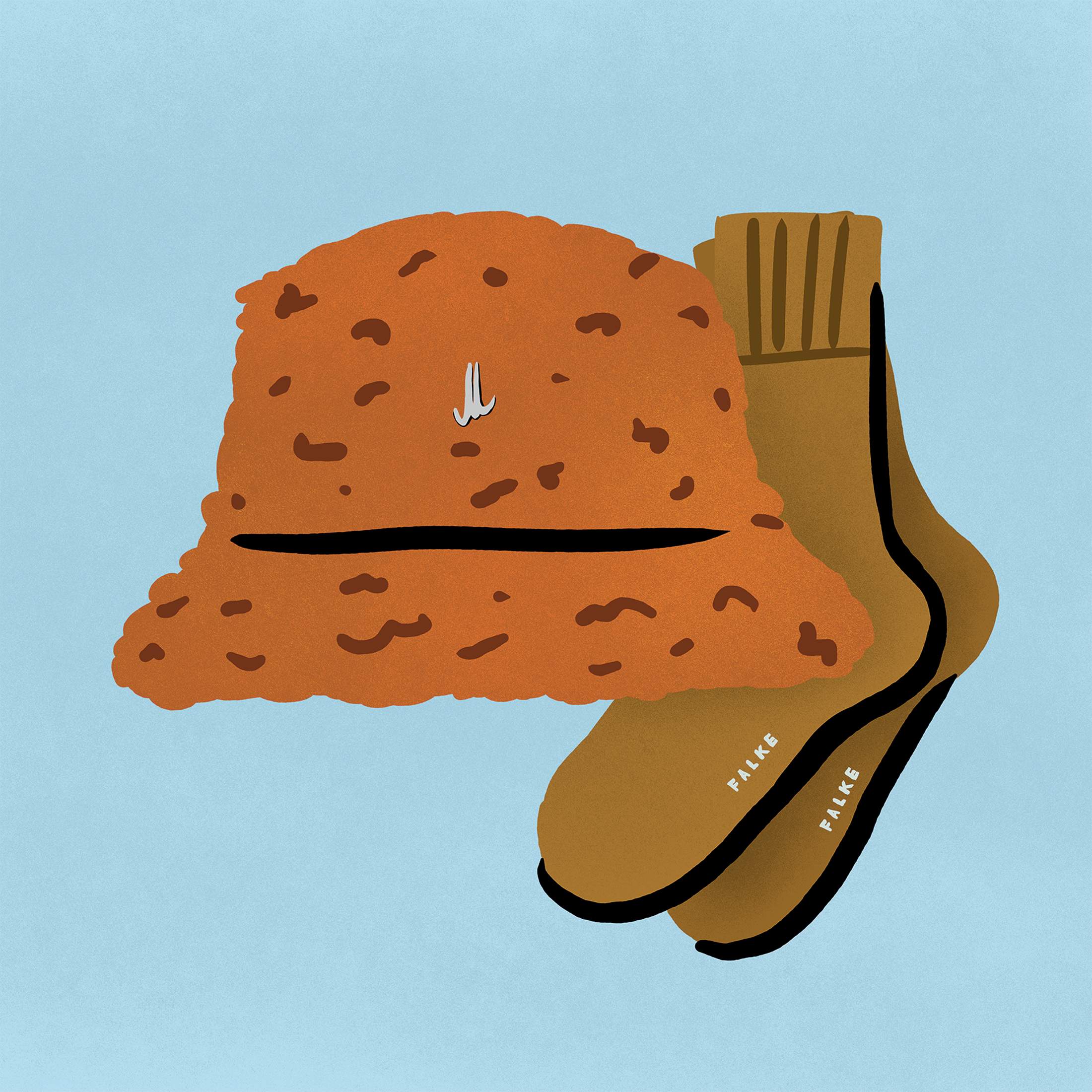
Austria’s eye for quality clothing is unmatched and Mühlbauer should be your go-to for handmade millinery. Its three-step steaming, blocking and trimming process plays to the strengths of its fine felt. Tyrolean hats and turbans sit beside baseball caps in the brand’s 1st district shop in Vienna. For hosiery, look no further than Bolter in Koblach for merino-wool socks to keep you warm in a cold snap.
muelbauer.at; bolter-socks.com
CARE PRODUCTS
Saint Charles Apothecary and Susanne Kaufmann
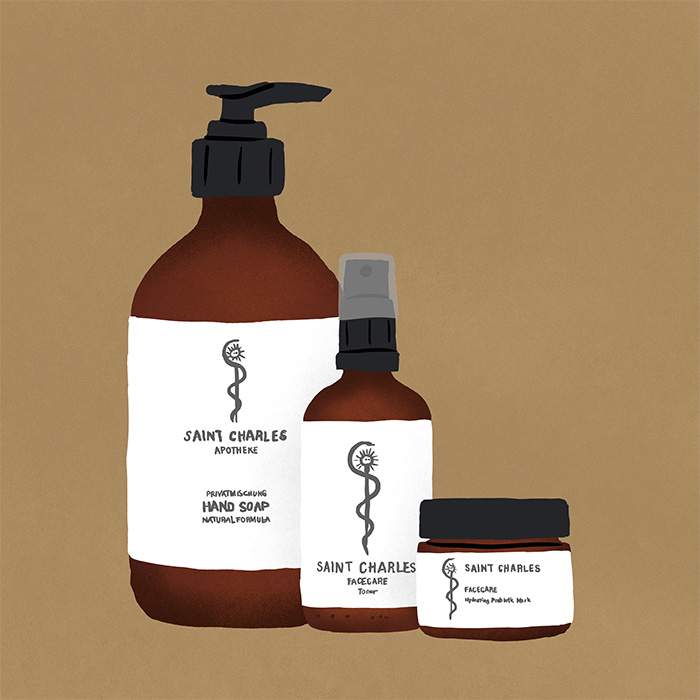
Sixth-generation pharmacist Alexander Ehrmann has been running Vienna’s Saint Charles Apothecary since 2006. The space, which dates back to 1886, stocks simply packaged products made from natural ingredients, many of which it mixes in-house. Meanwhile, Bregenzerwald cosmetics company Susanne Kaufmann shows that Austrian firms have what it takes to go global.
saint-charles.eu;susannekaufmann.com
GLASSWARE
J&L Lobmeyr, Swarovski and Riedel

j&l Lobmeyr has produced glassware since 1823 and is currently run by the family’s sixth-generation leaders, Andreas, Leonid and Johannes Rath. It originally specialised in chandeliers but Lobmeyr moved on to lighting, tableware and more, and now works with the best new designers. Glass is a clear winner in Austria – just look to Swarovski over in Wattens and Riedel in Kufstein.
lobmeyr.at; swarovski.com; riedel.com
MOTORBIKES
KTM
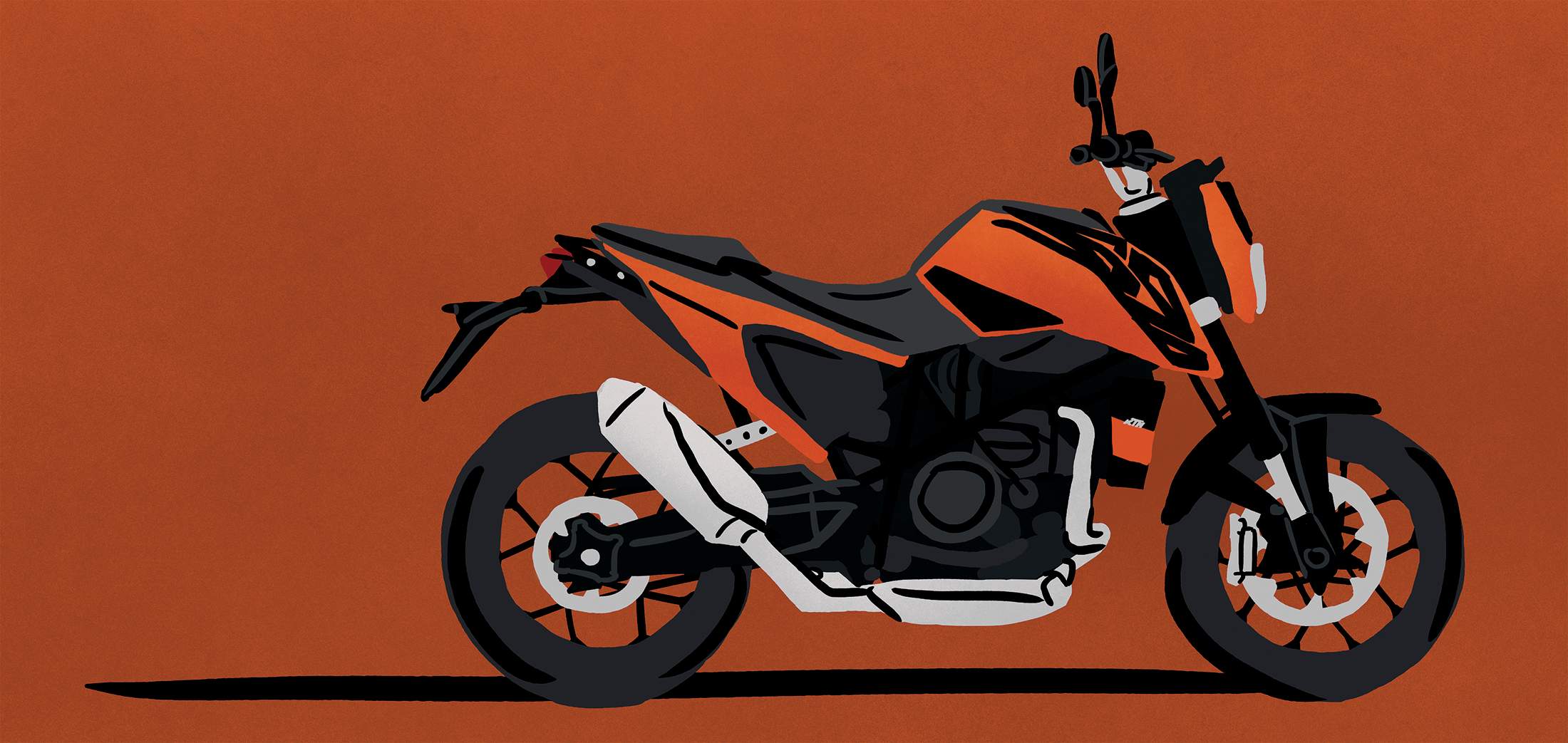
Originally founded as a repair shop in Mattighofen, Upper Austria, in 1934, motor-vehicle manufacturer ktm now has 21 different models in production. Its first foray into the motorbike sector in 1953 resulted in the stately r100. Today, ktm is thriving in the world of two-wheeled transport and sells more than 250,000 units across the globe per year.
ktm.com
SHOES
Ludwig Reiter and Rudolf Scheer & Söhne
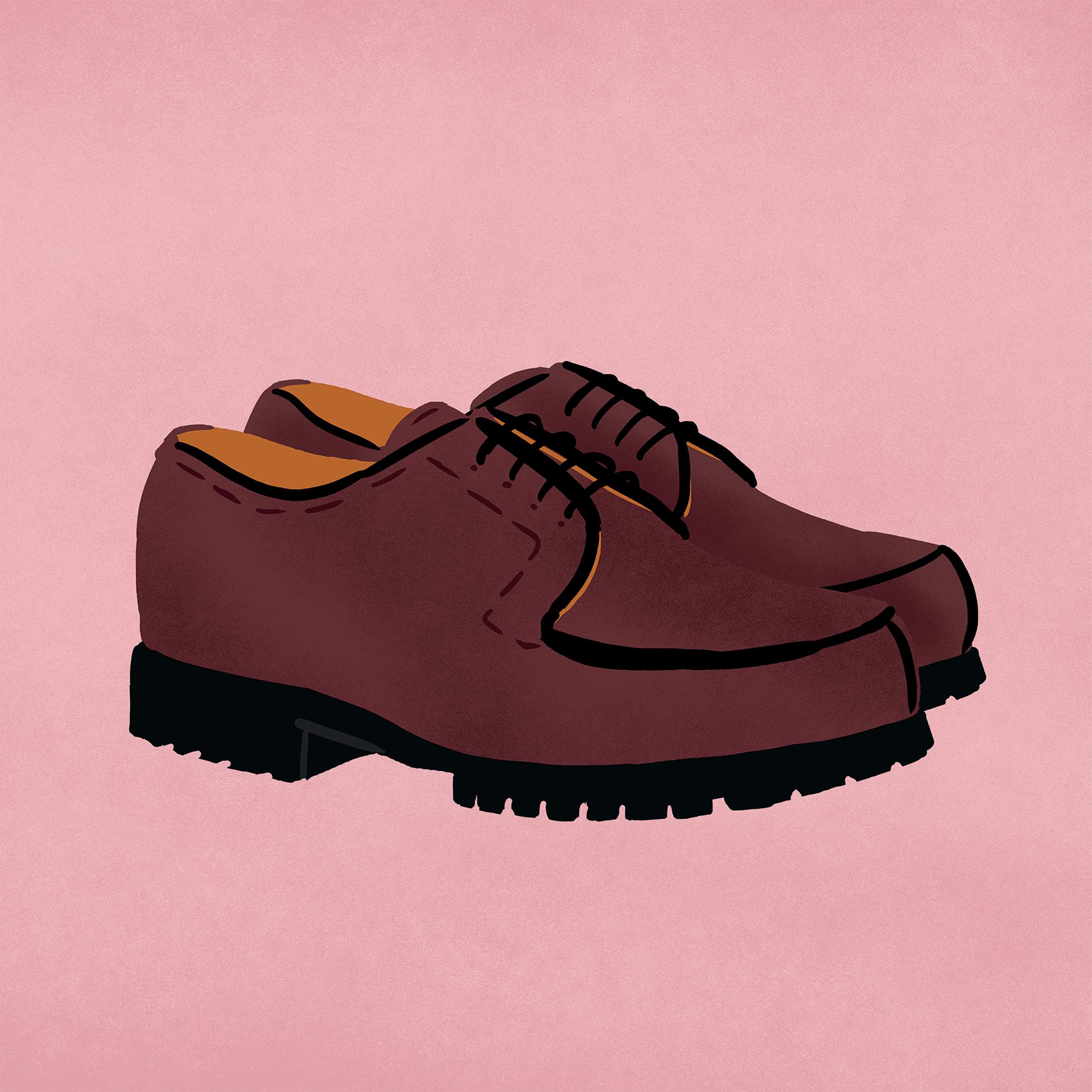
Launched in 1885, shoe manufacturer Ludwig Reiter is now led by Magdalena Reiter and Anna Reiter-Smith, along with cousin Joseph Potyka-Zeiler. It’s best known for its welted soles for shoes that are now sought after across the world. Vienna’s oldest bespoke shoemaker is Rudolf Scheer & Söhne; its shop in the city is worth a visit in its own right.
ludwig-reiter.com; scheer.at
LIGHTING
Kalmar
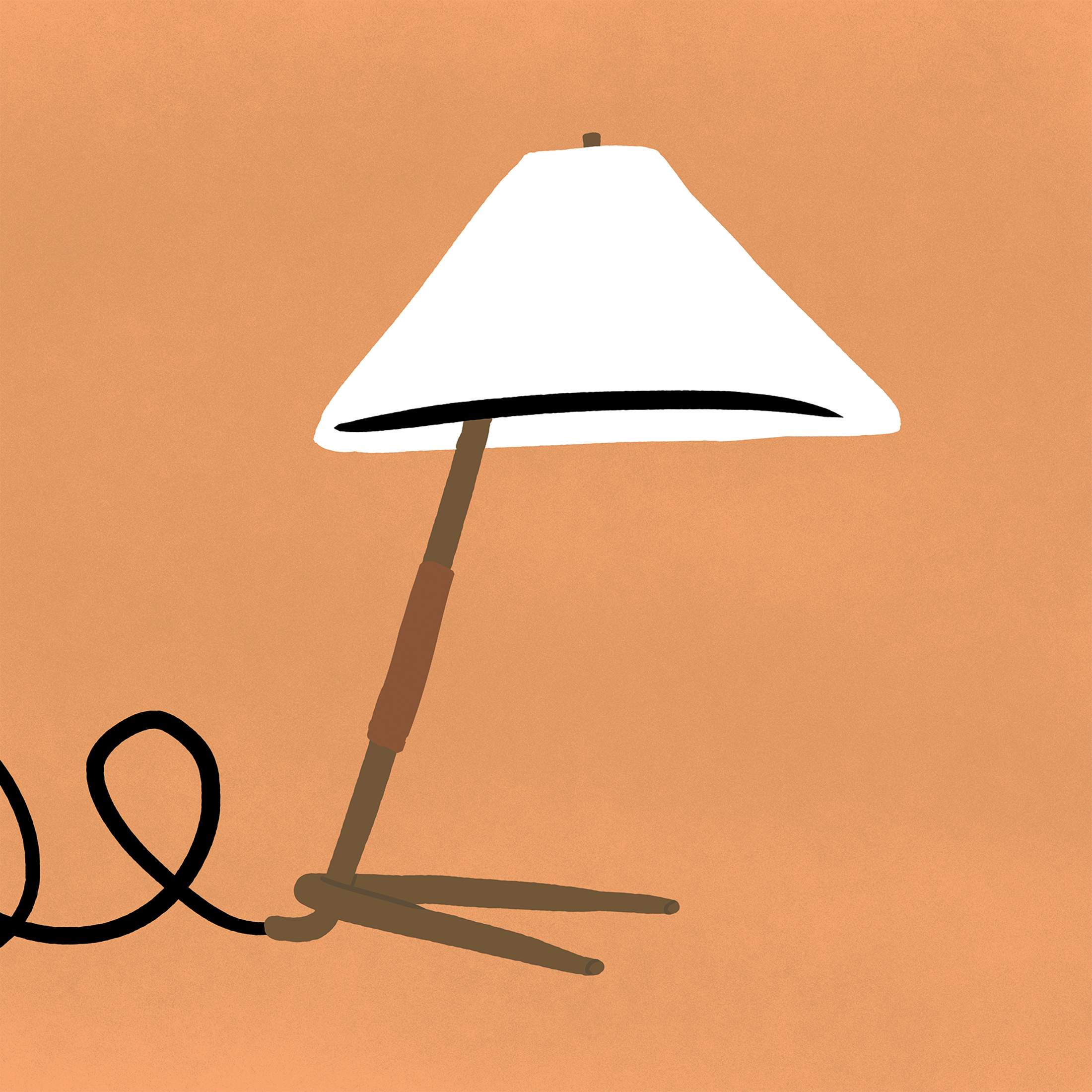
In 1881, Julius August Kalmar founded Kalmar in Vienna. The firm, which initially specialised in handmade bronze objects, was among the first to work with architects to create lighting. Now in its fifth generation, the family business continues to produce fine lighting and bespoke pieces for clients in hospitality, commercial, marine and residential projects worldwide.
kalmarlighting.com
SKI LIFTS
Doppelmayr
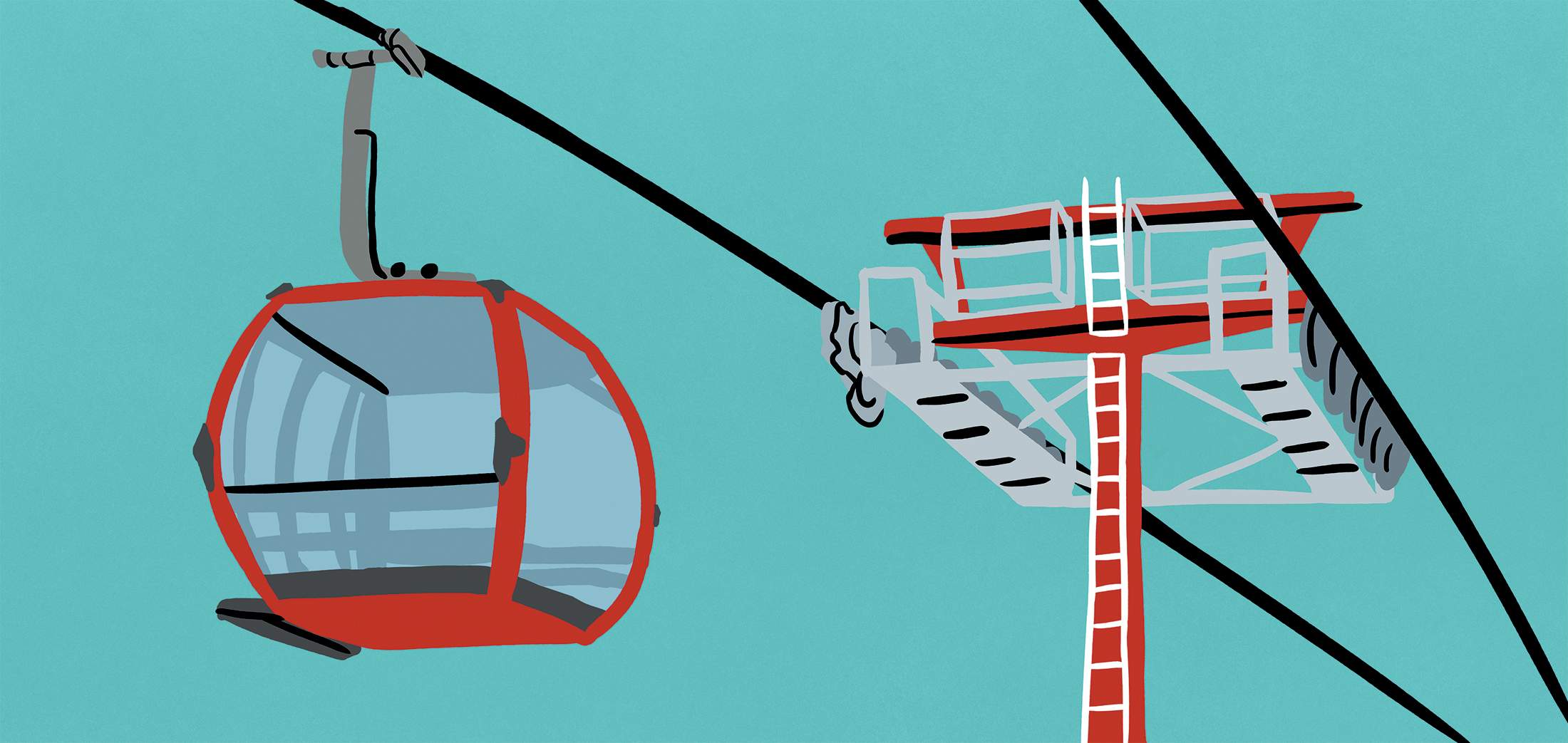
Doppelmayr, founded in Wolfurt in 1893, continues to elevate the ski-lift experience for customers across the globe. It offers ropeways and chairlifts with heated seating, plus cabins that carry your kit and gondolas that climb slopes at speeds of more than six metres per second. Today it’s responsible for more than 15,000 installations across 96 countries.
doppelmayr.com
CERAMICS
Augarten
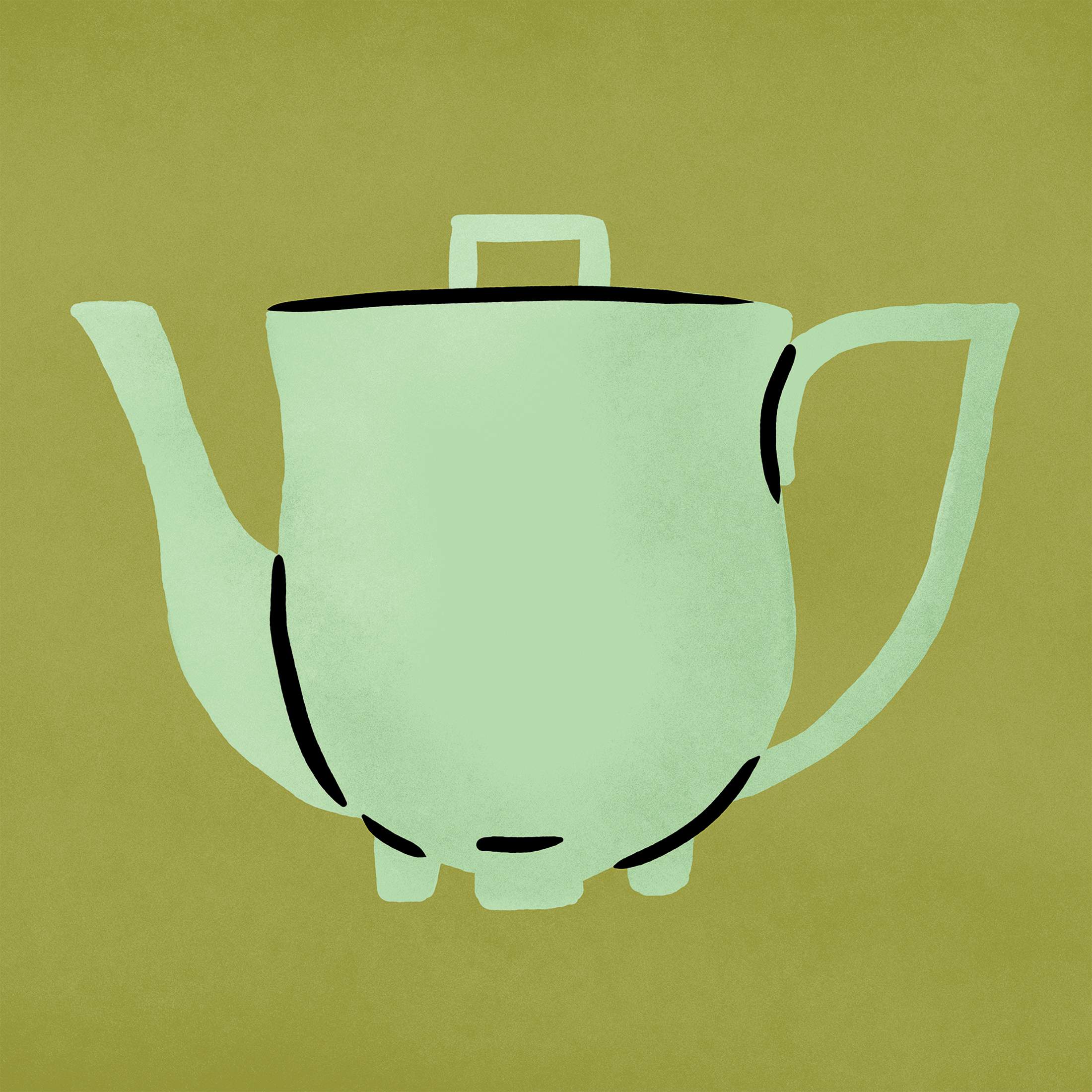
Handmade for the past 300 years, every piece of Augarten pottery is unique. The company is Austria’s finest purveyor of daintily decorated, pastorally patterned ceramics and the occasional art nouveau gem. Its reputation has never wavered. The products made at the original factory are referred to as Alt Wien (“Old Vienna”) porcelain; no trip to the capital is complete without a visit to the facility.
augarten.com
CUTLERY
Jarosinski & Vaugoin and Wiener Silber Manufactur

Led by its sixth-generation owner, Jean-Paul Vaugoin, this cutlery business offers styles ranging from classic sets to baroque decorative tableware pieces. Its wares have been forged at the same workshop in the Austrian capital’s Neubau district since 1847. Wiener Silber Manufactur has maintained a similarly august reputation for cutlery since 1882.
vaugoin.com; wienersilbermanufactur.com
STREET-FOOD BIKES
Paul & Ernst
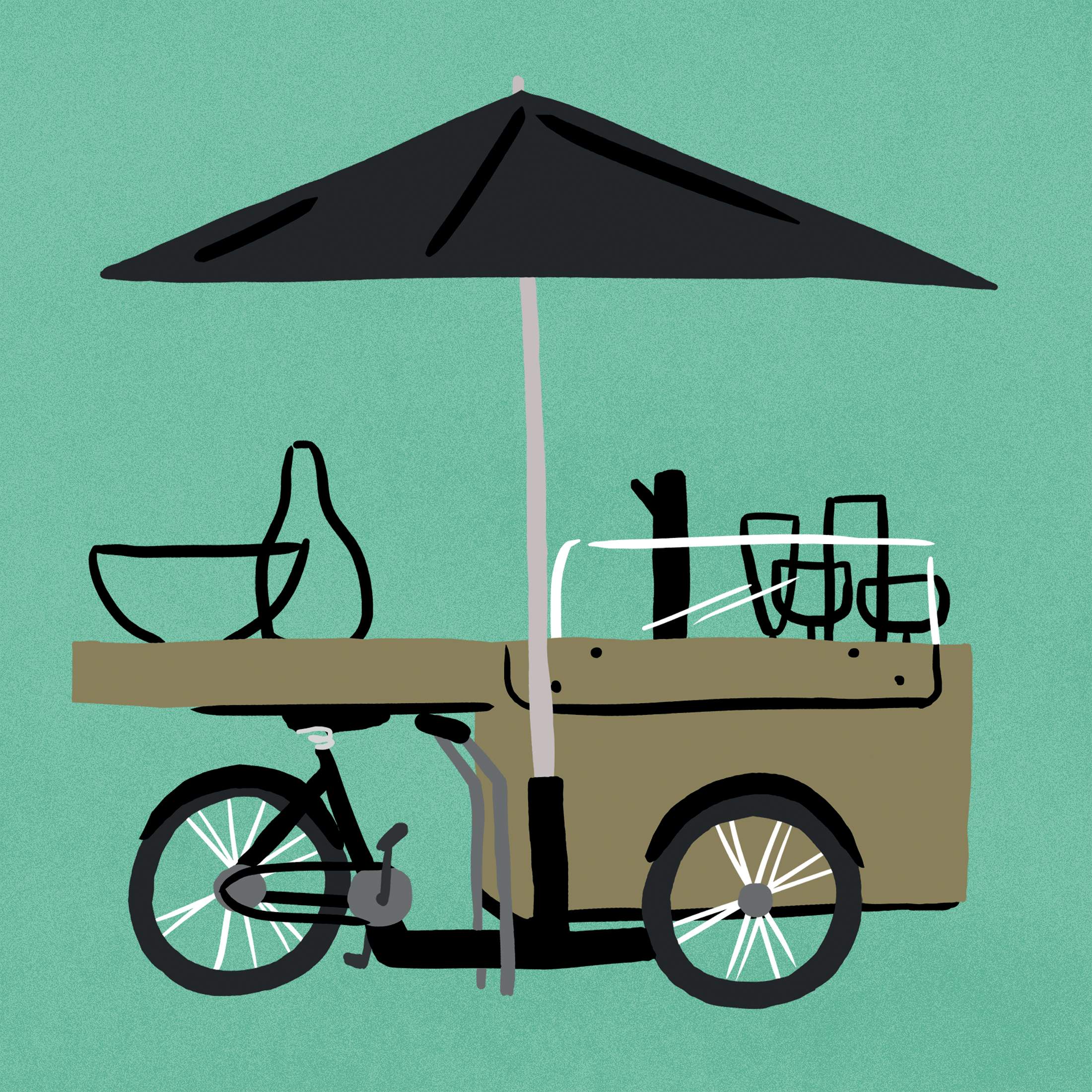
Dreamed up by product designer Paul Kogelnig and architect Ernst Stockinger, Paul & Ernst’s customisable street-food bikes can be fully assembled in 30 seconds and have accommodated everything from people peddling oven-fresh wood-fire pizzas to cocktail carts. Ding, ding: there’s no excuse not to get into the saddle and take your business on the road now.
paulandernst.com


